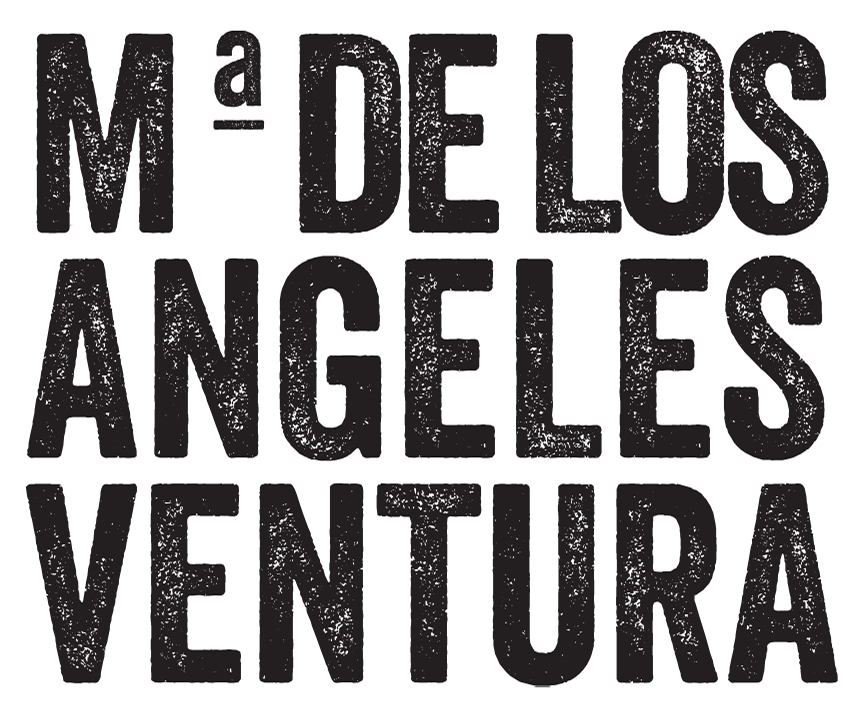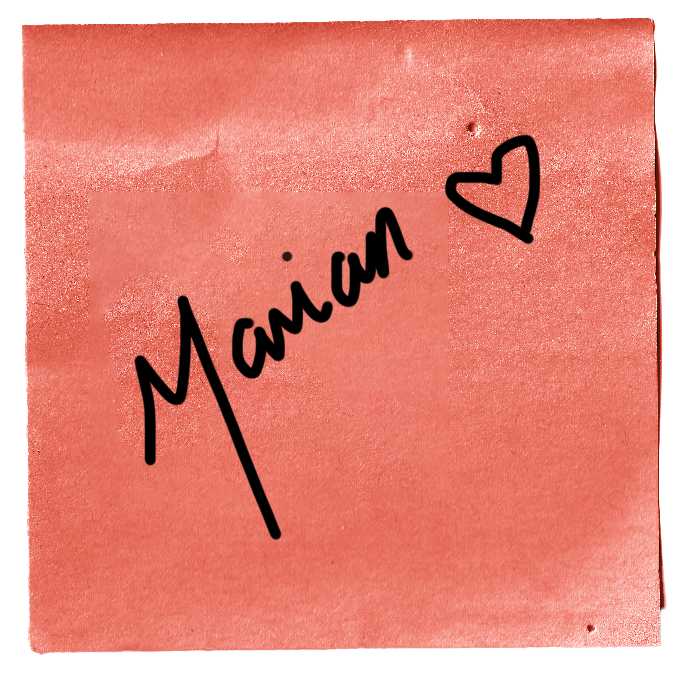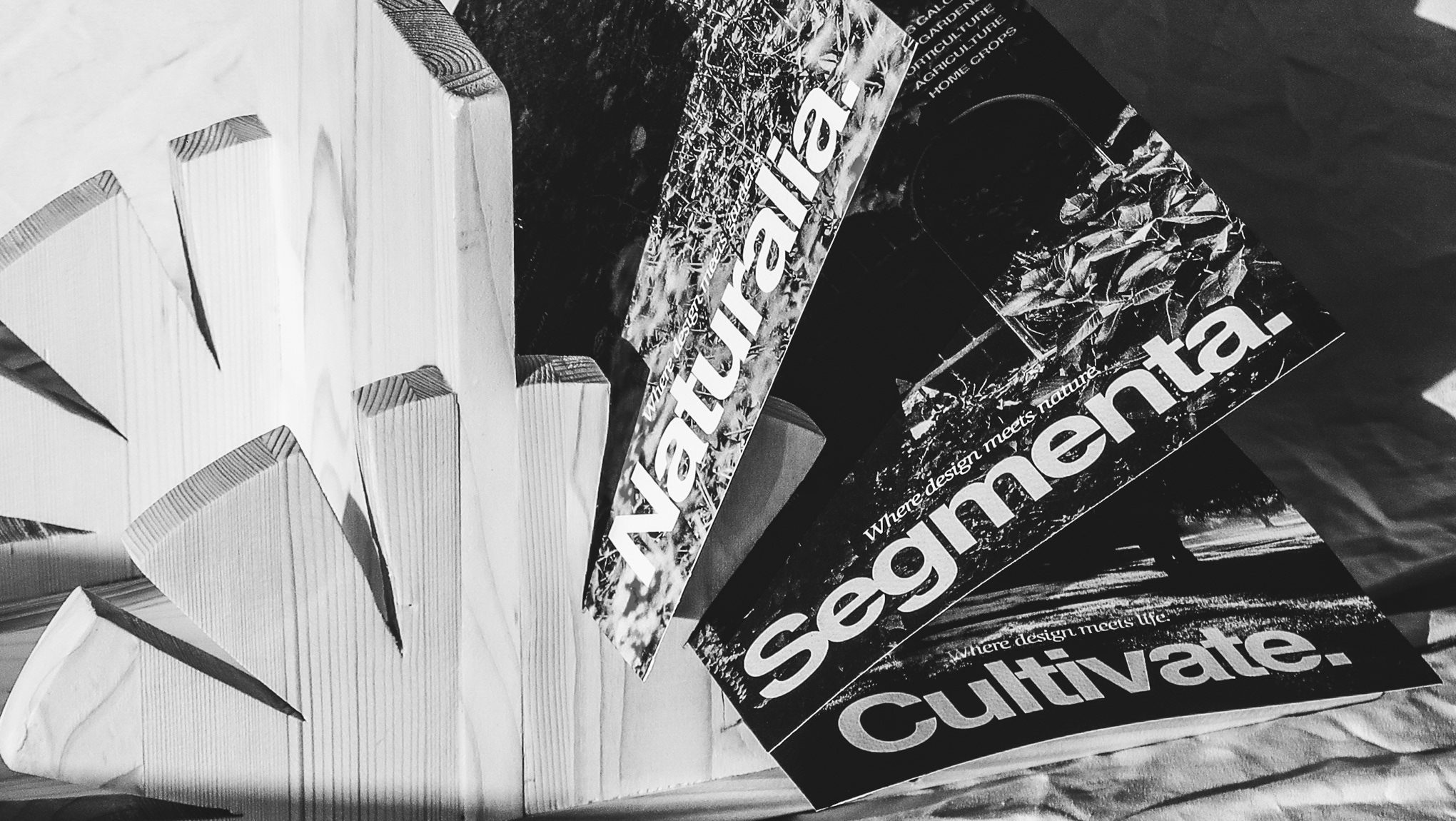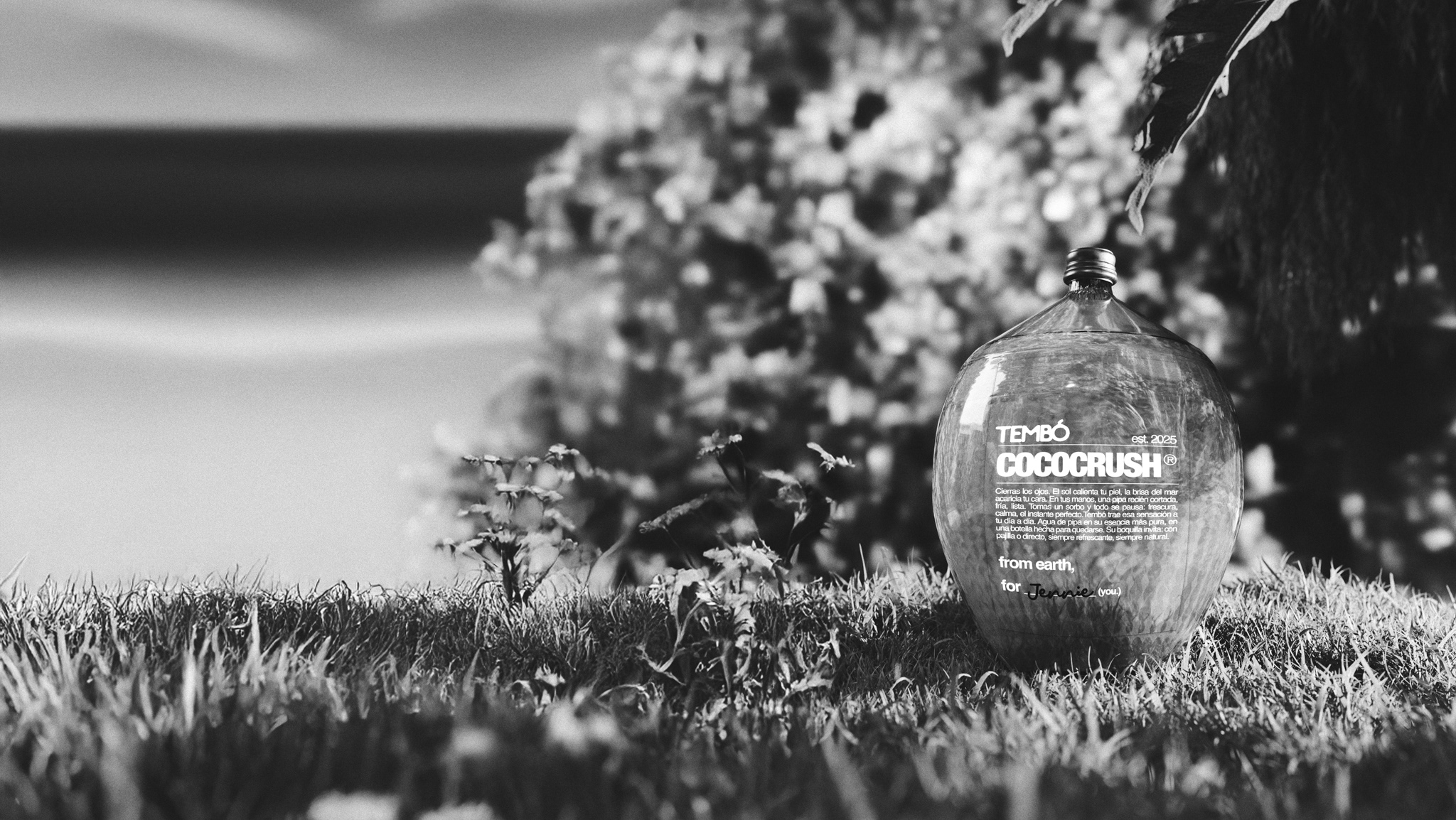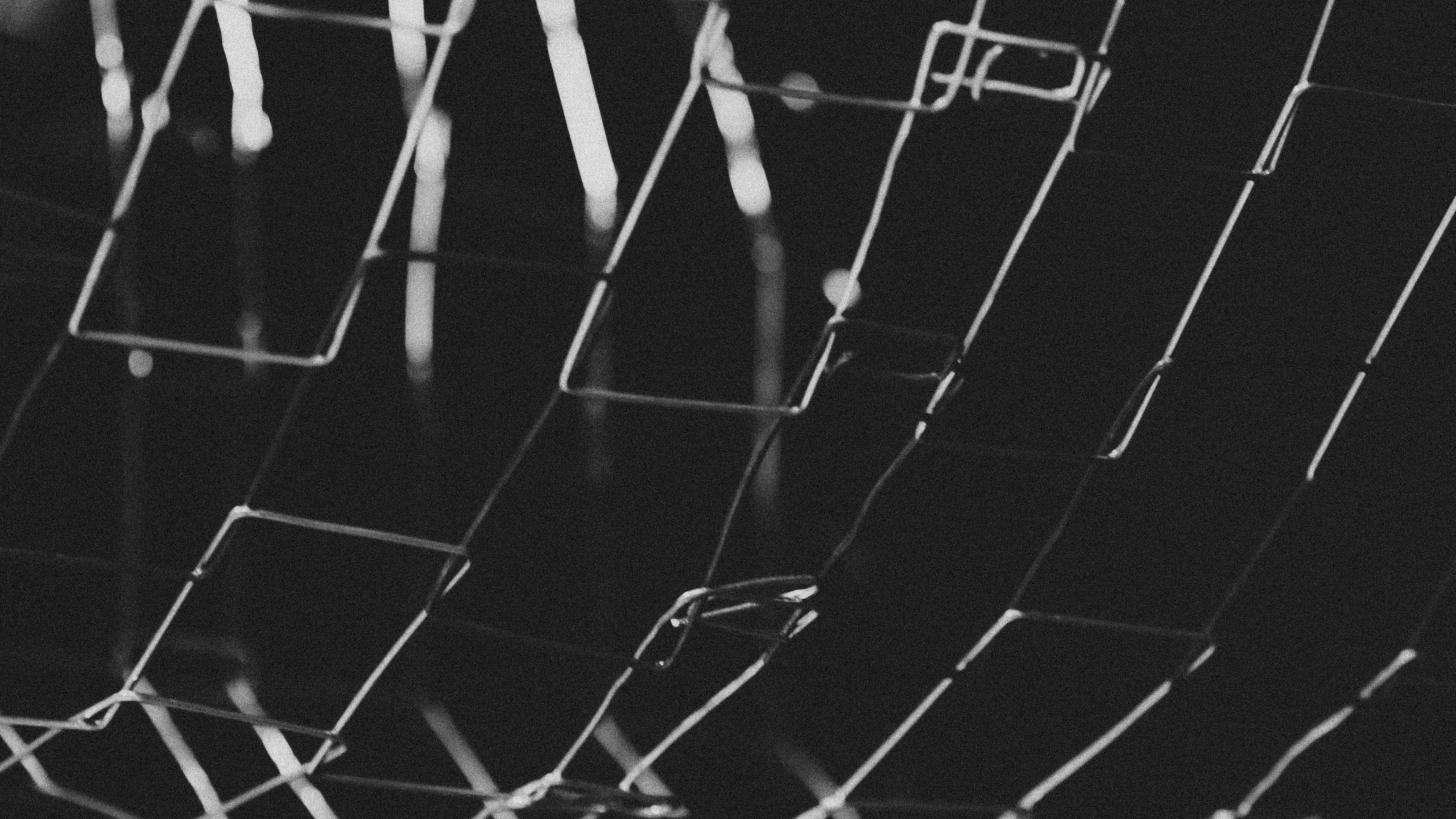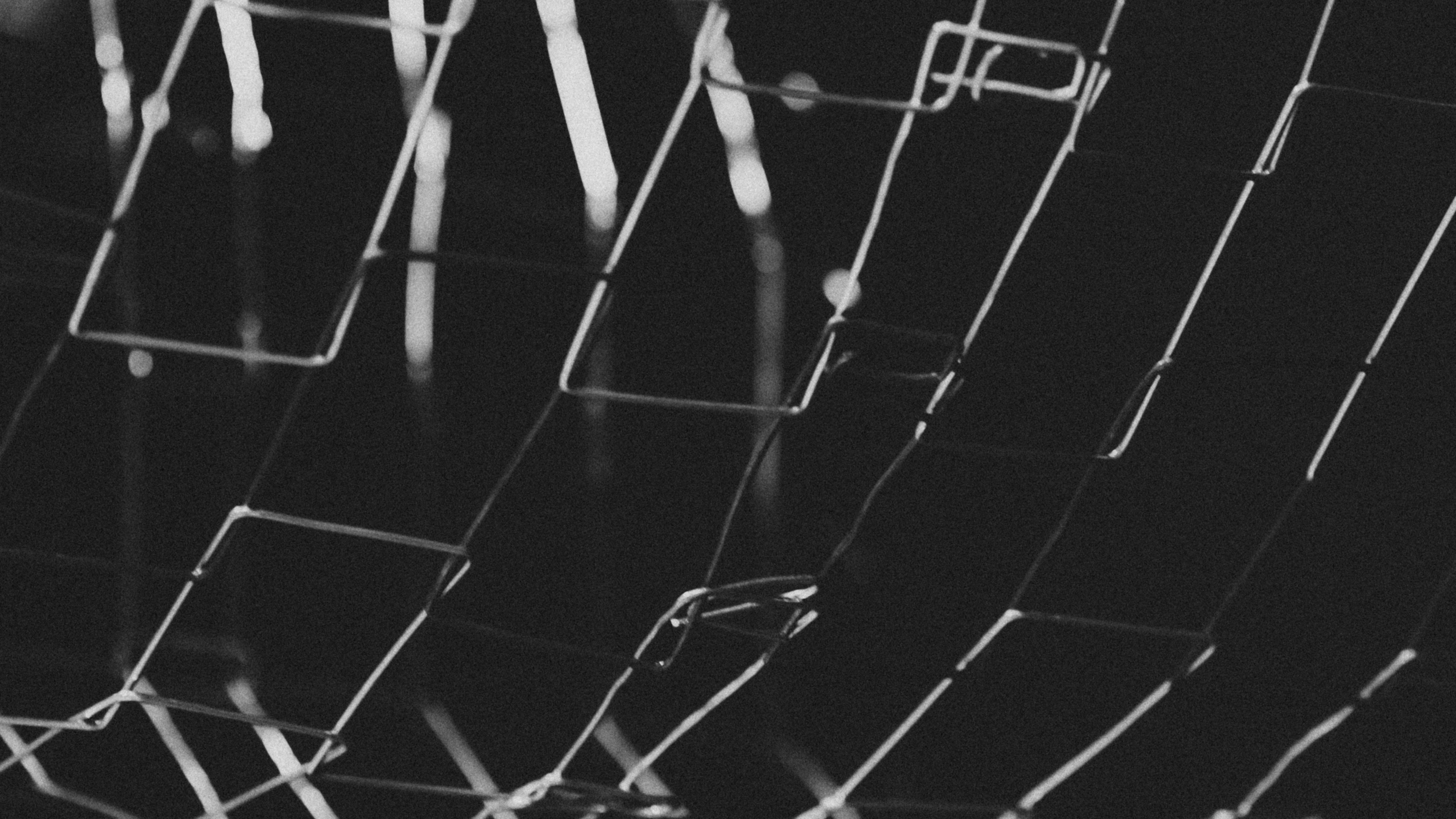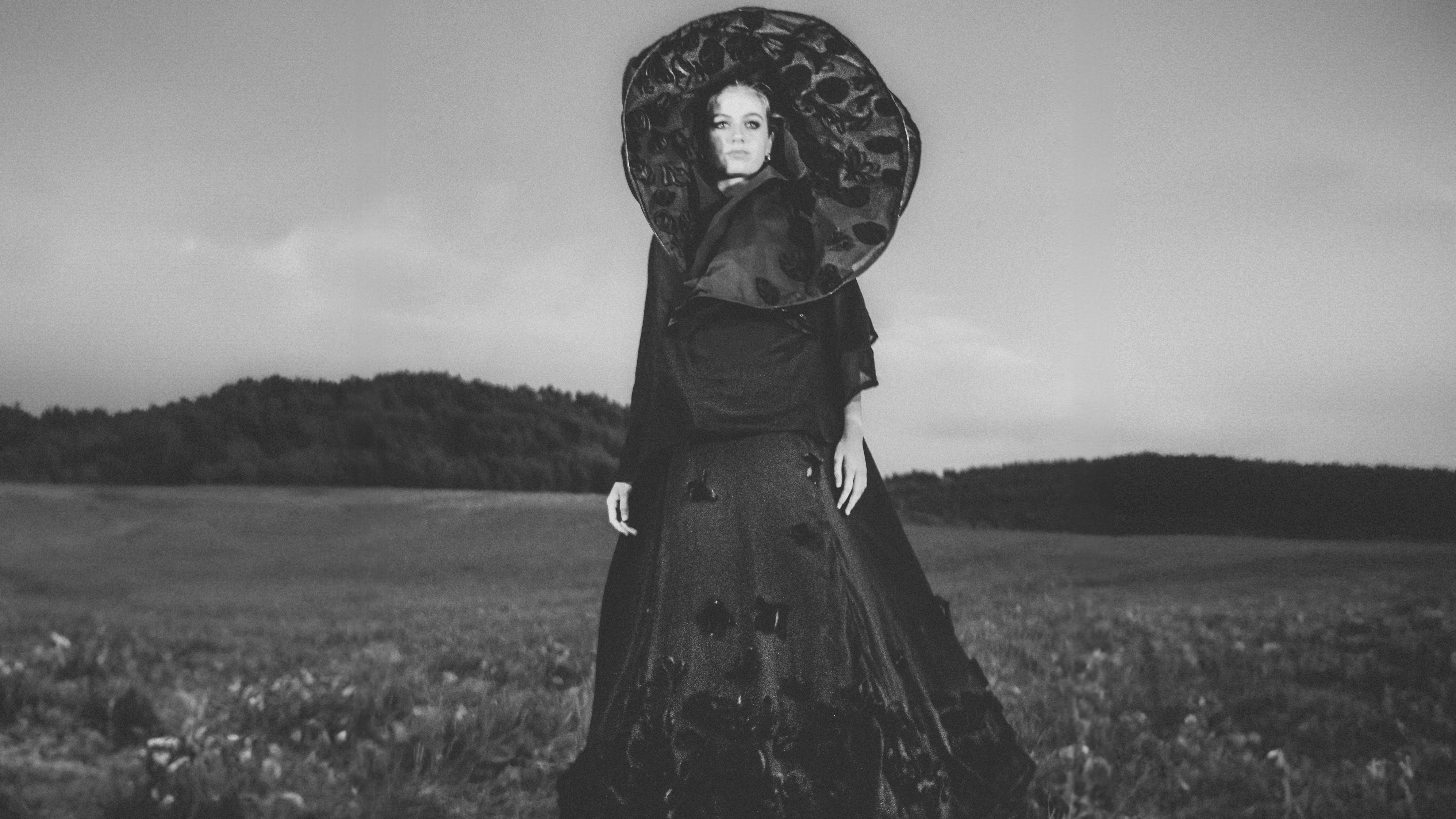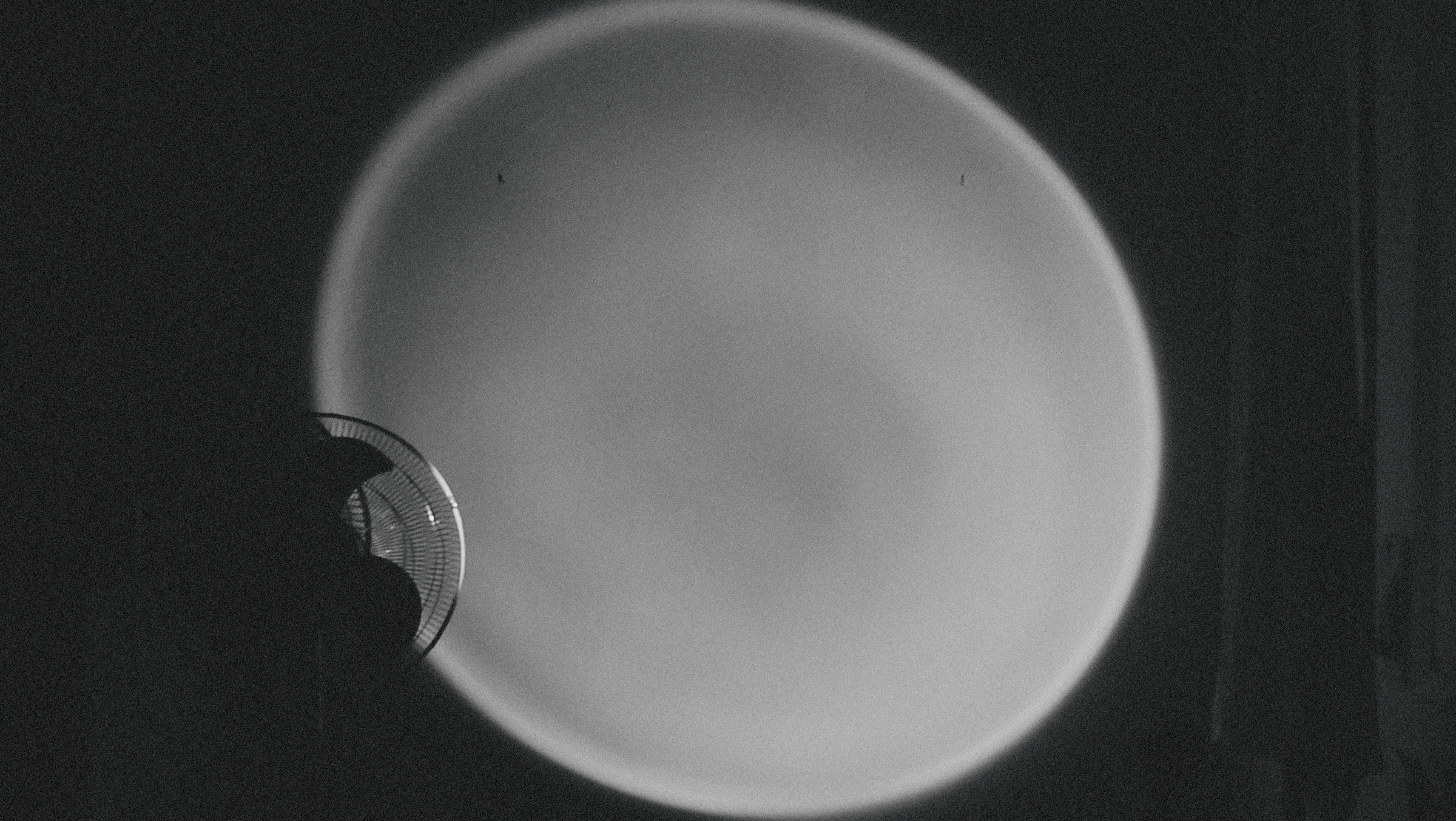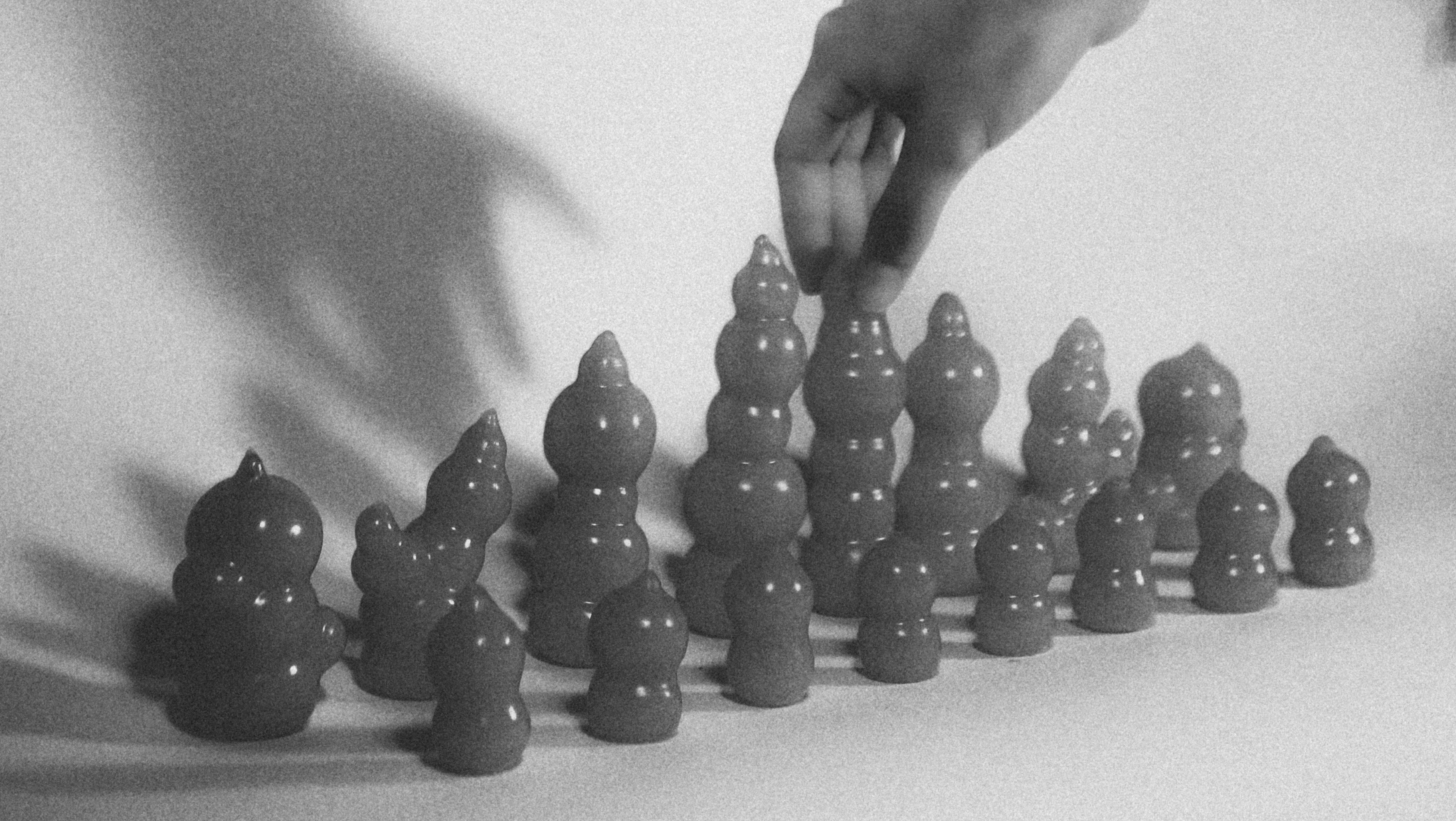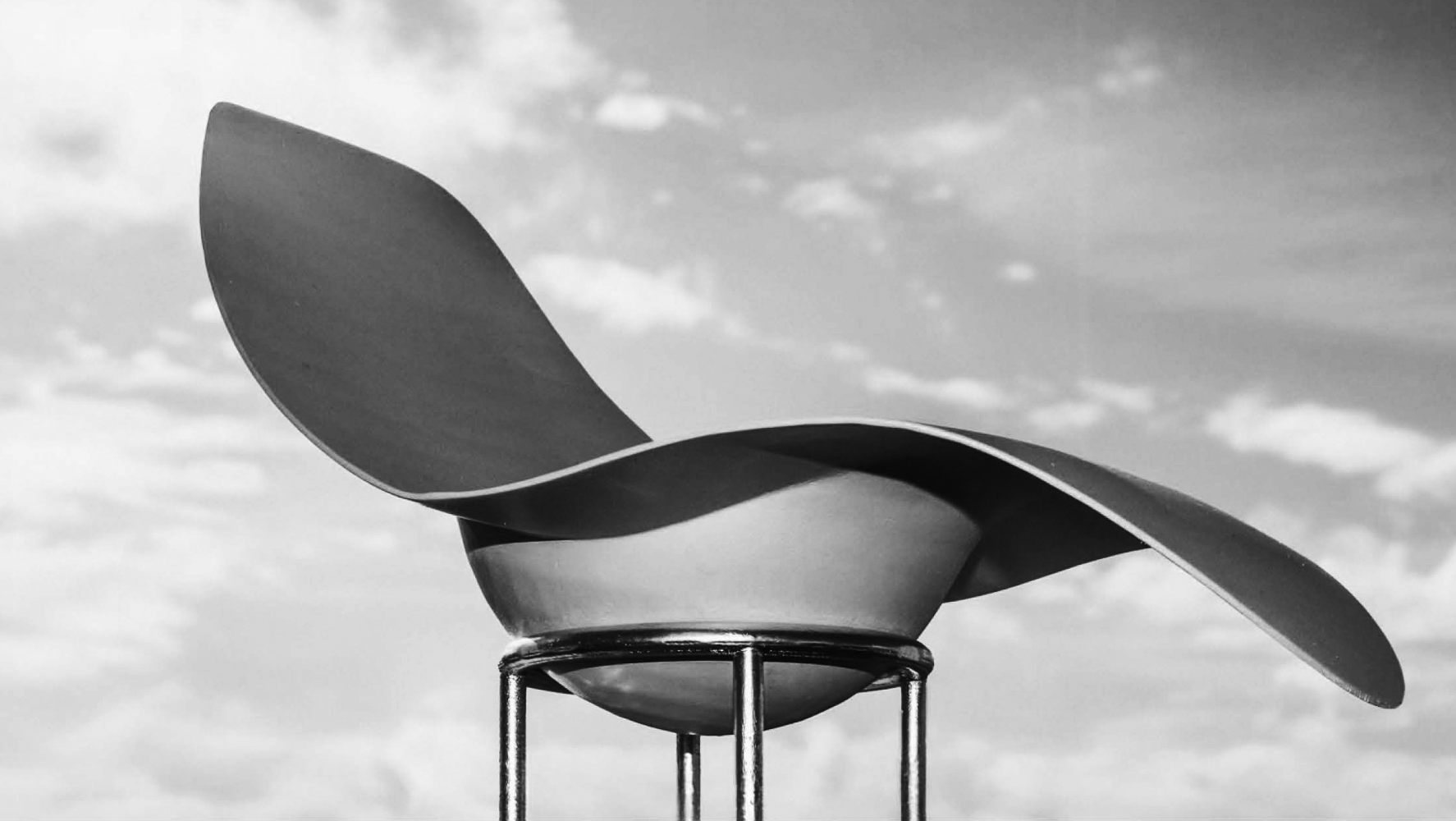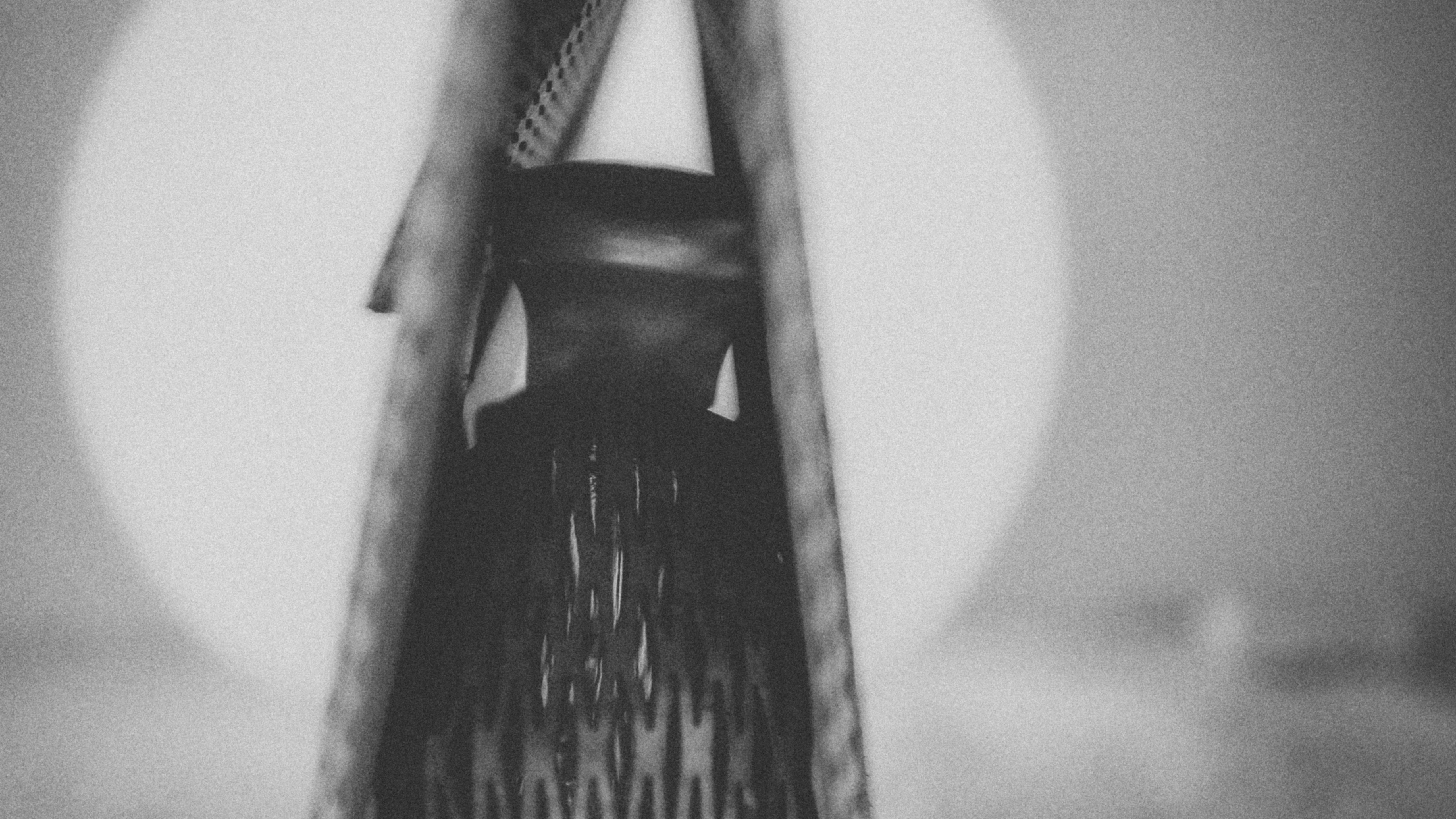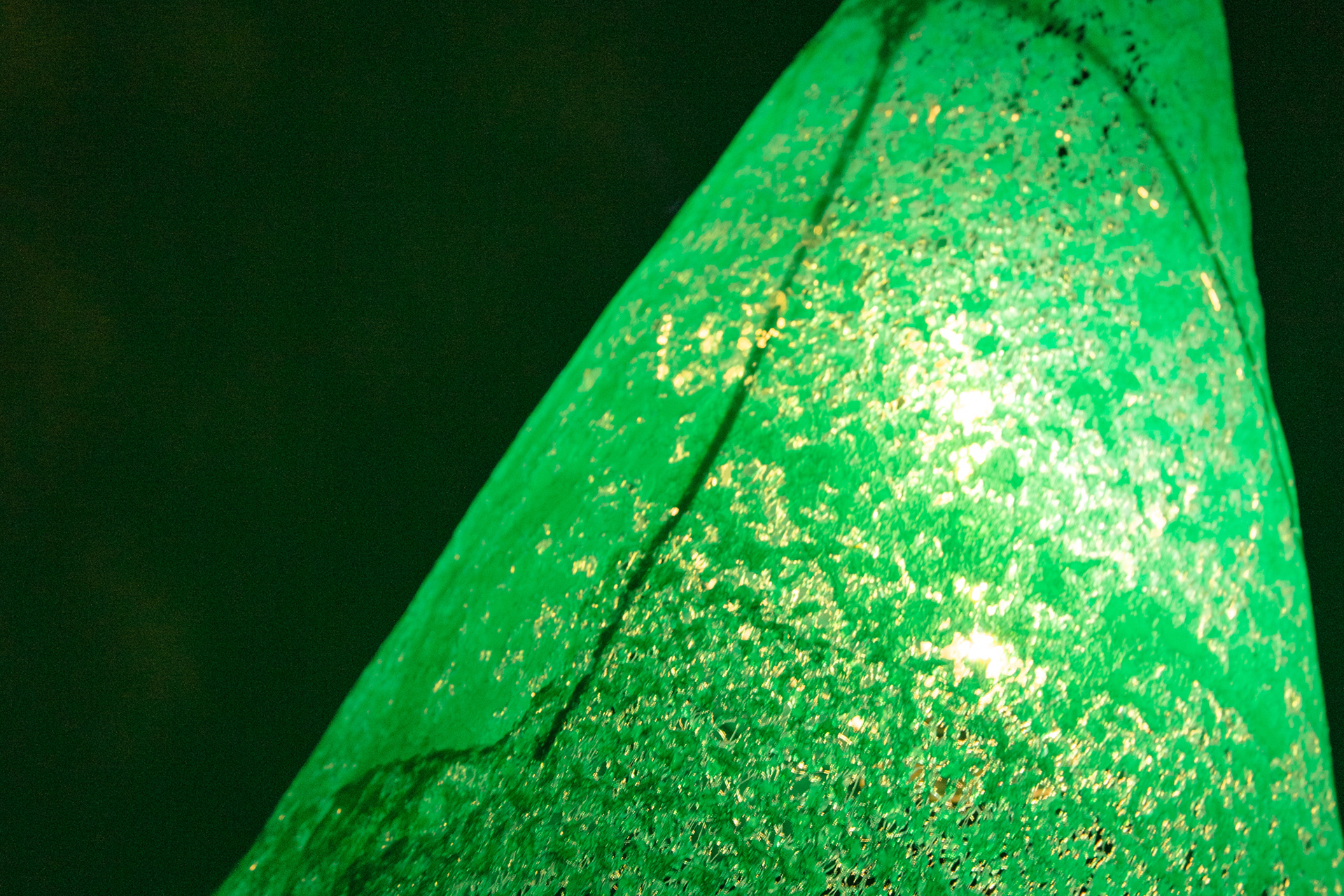
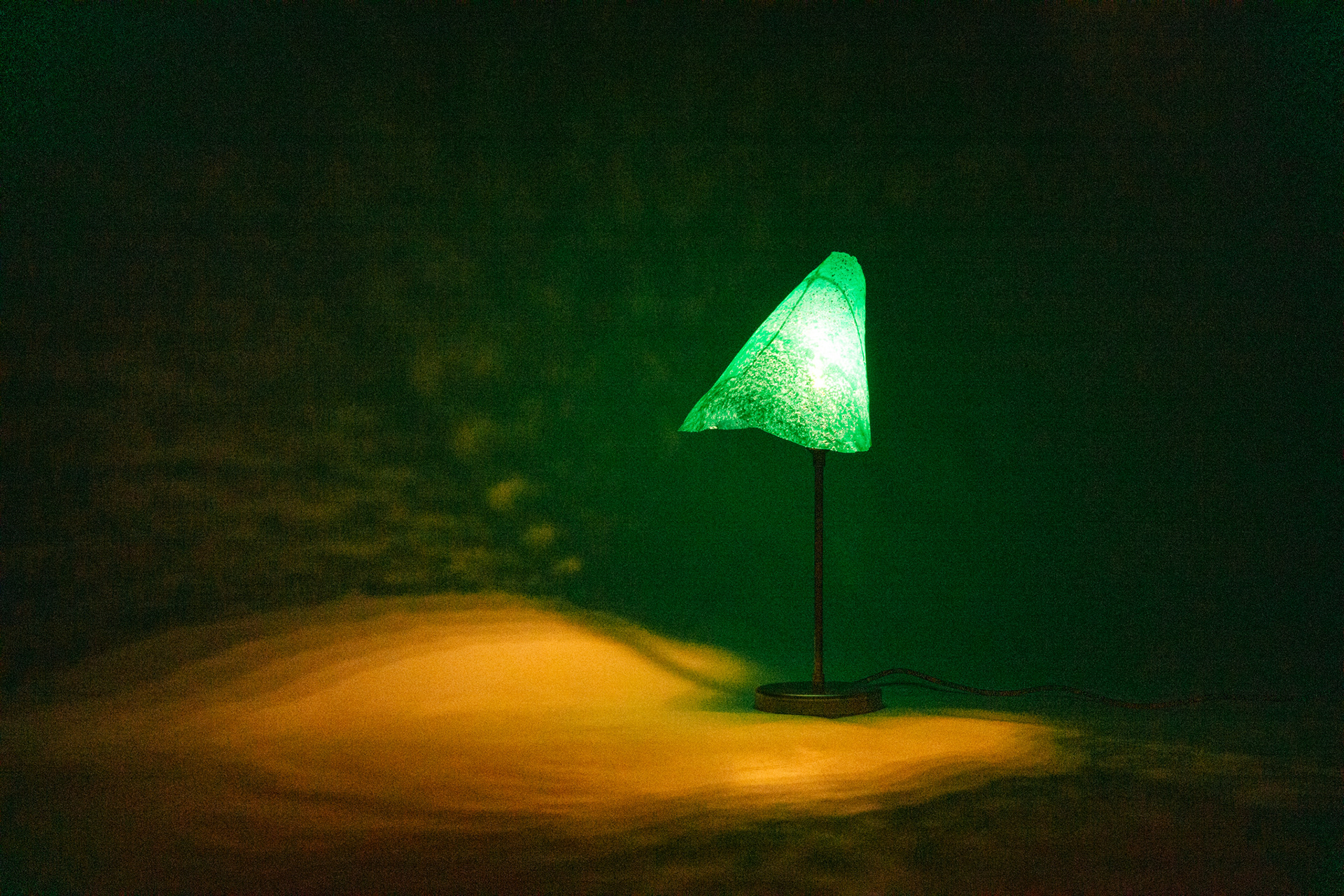
We’ve grown accustomed to a lifestyle that ignores how our choices, from mass consumption to the excessive use of plastics, impact ecosystems. This disconnection has led us to treat the oceans, land, air, and light as infinite resources, failing to realize that we are depleting and destroying what sustains our very existence.
Through the use of discarded fishing nets as material and inspired by great artists like Man Ray, this project seeks to give these nets a new life as lamps. It creates a family of lamps in which each piece recontextualizes fishing net waste into a new material with a different function. The melted nets take on organic forms that cast deep-sea green shadows. The design embraces irregularity, leaving perforations and folds that mimic the natural movement of nets underwater, immersing the user in a sensory experience that subtly invites reflection on the devastating impact of marine pollution.
MAKING THE BASE MATERIAL
The Rising Phoenix: Rebirth of the Fishing Nets
The Rising Phoenix: Rebirth of the Fishing Nets
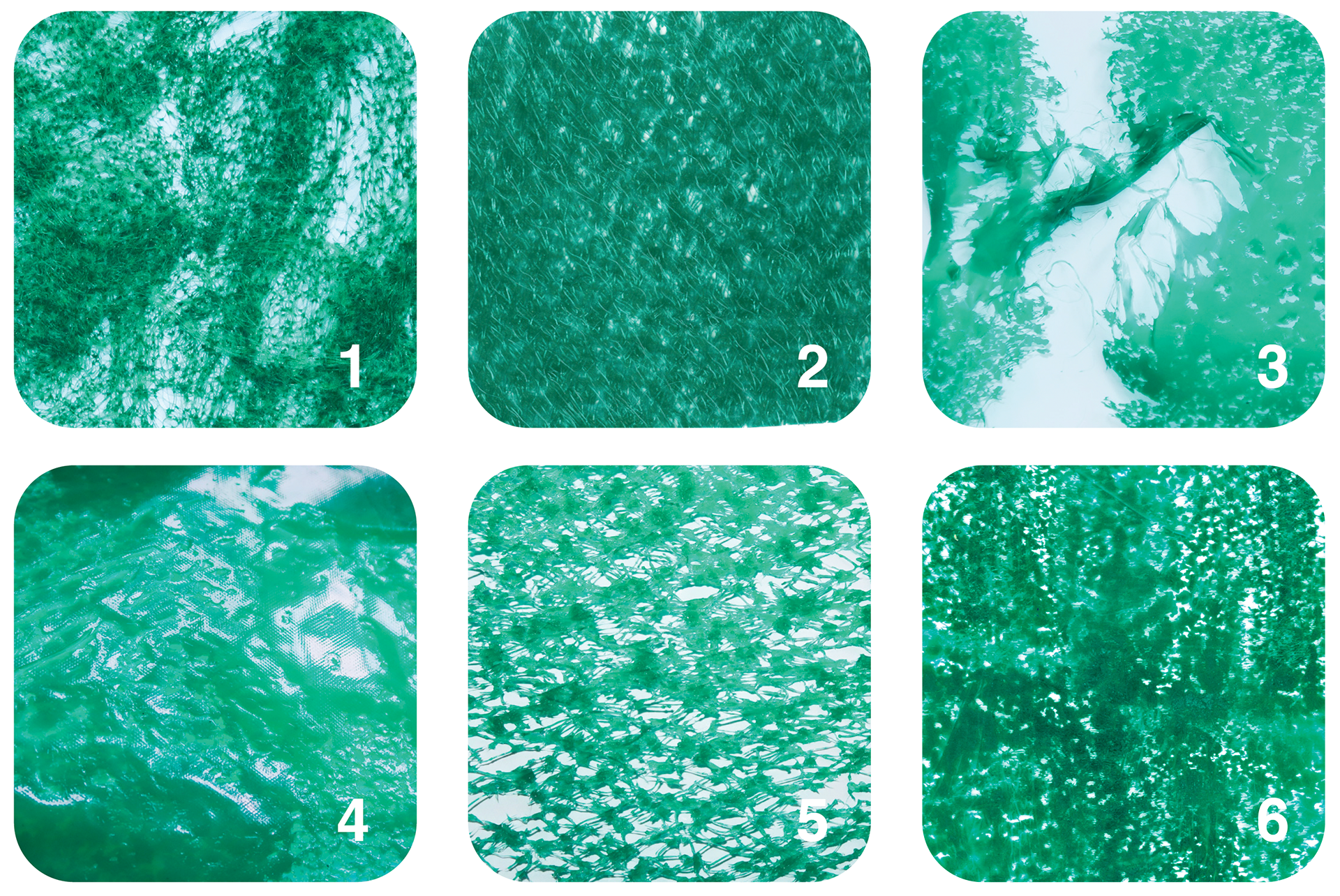
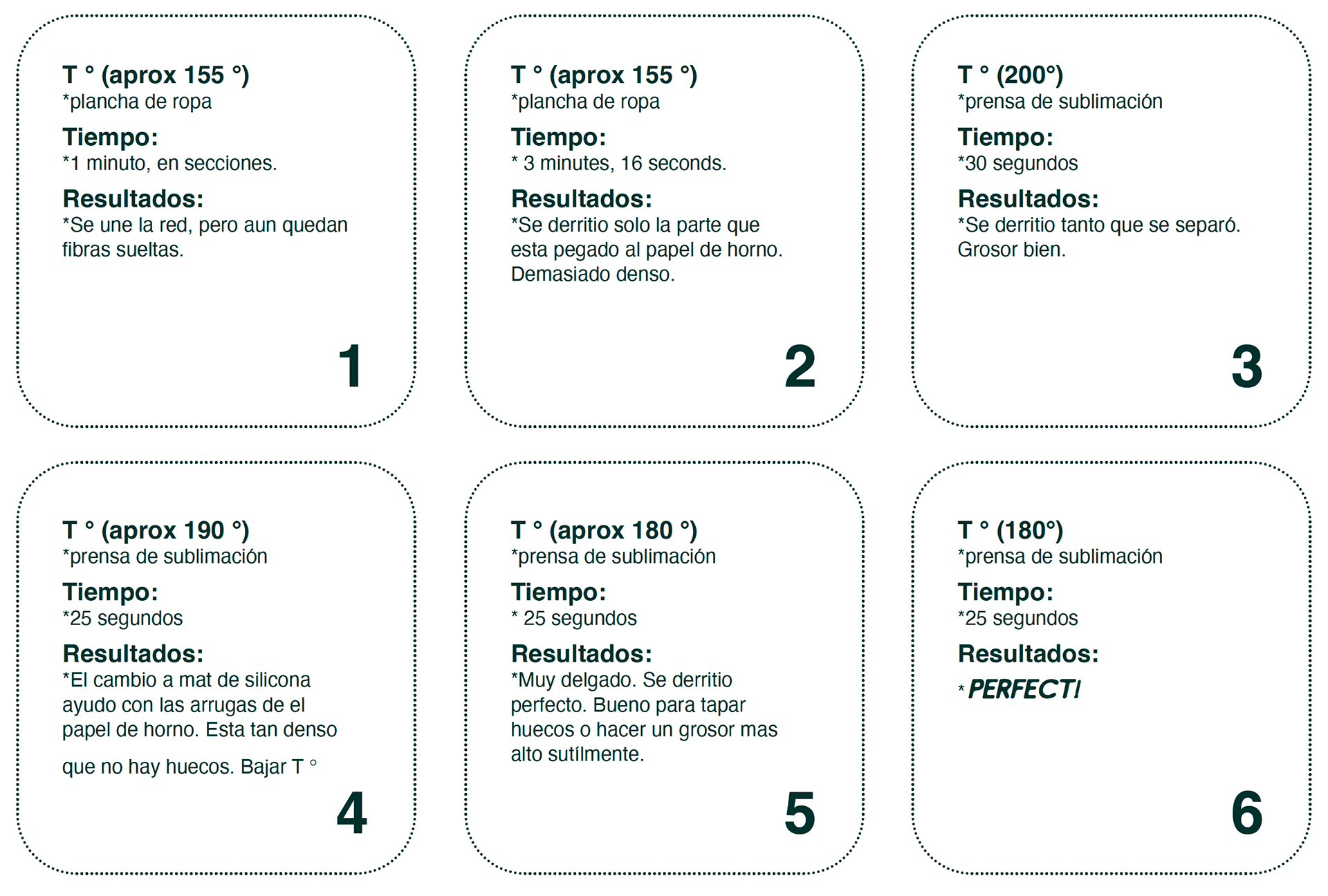
Working with ghost nets was a challenge — transforming a material that isn’t purely 2D into functional 3D objects. I experimented by combining them with other materials, braiding them, and giving them new shapes, but the real breakthrough came with heat. By melting and layering them, I was able to create flat sheets, generating a new "material" with unique textures and strength. This allowed me to cut and manipulate the pieces, giving the nets a new functionality and purpose. I started by using an iron, and over time, I refined the process, switching to a heat press for greater control, consistency, and precision. Through this approach, the ghost nets were reimagined into something entirely different, yet still holding onto the history of their origin. The process began with experimentation, mixing the nets with materials like papier-mâché and plaster to create contrasting textures and forms. Although these heterogeneous mixtures were visually striking, they felt disconnected from the essence and story of the nets. I chose a purer approach, working solely with the nets and embracing their textures, colors, and irregularities. Melting them revealed perforations, folds, and natural patterns that preserve their essence while transforming chaos into coherence.
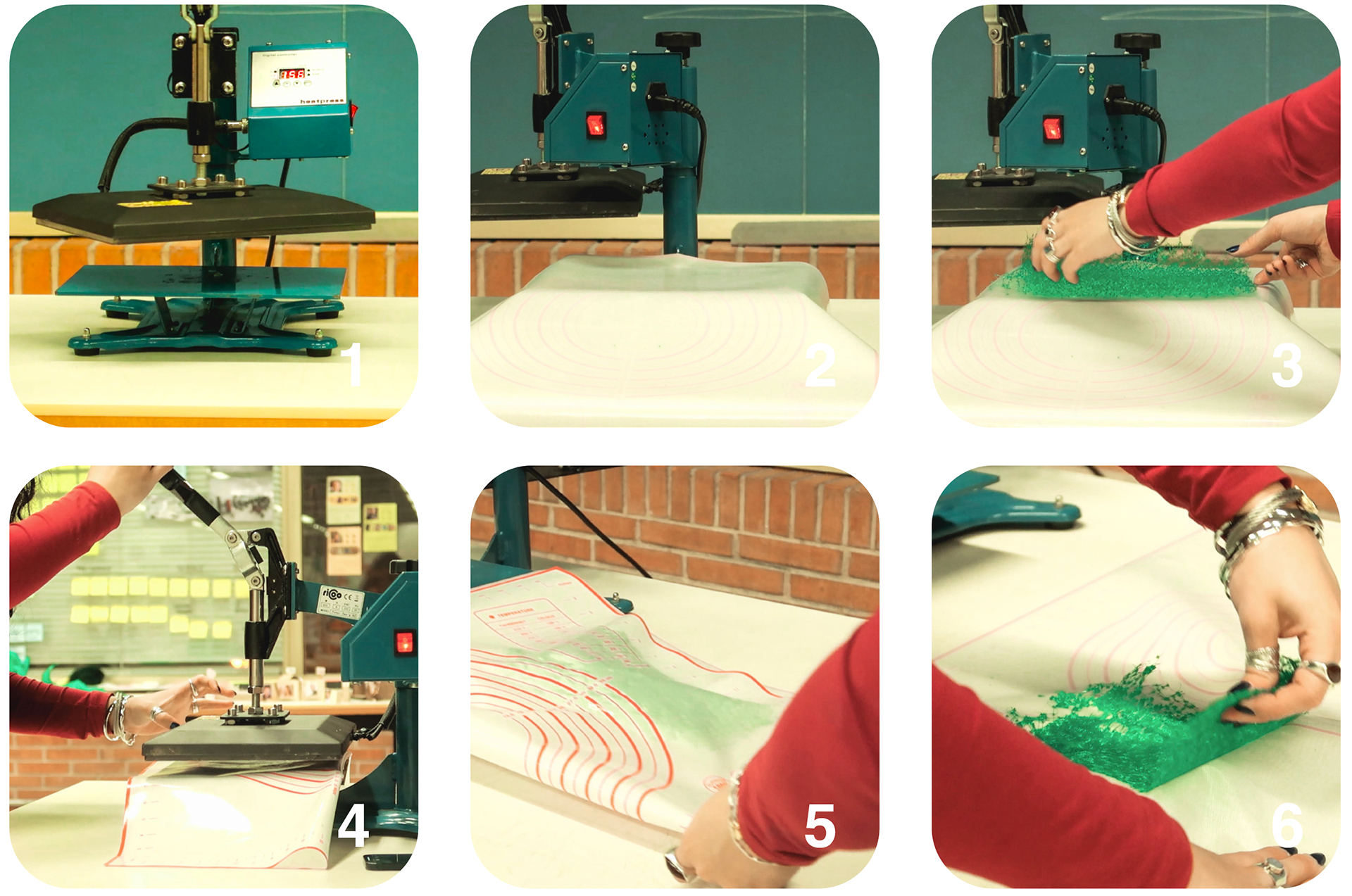
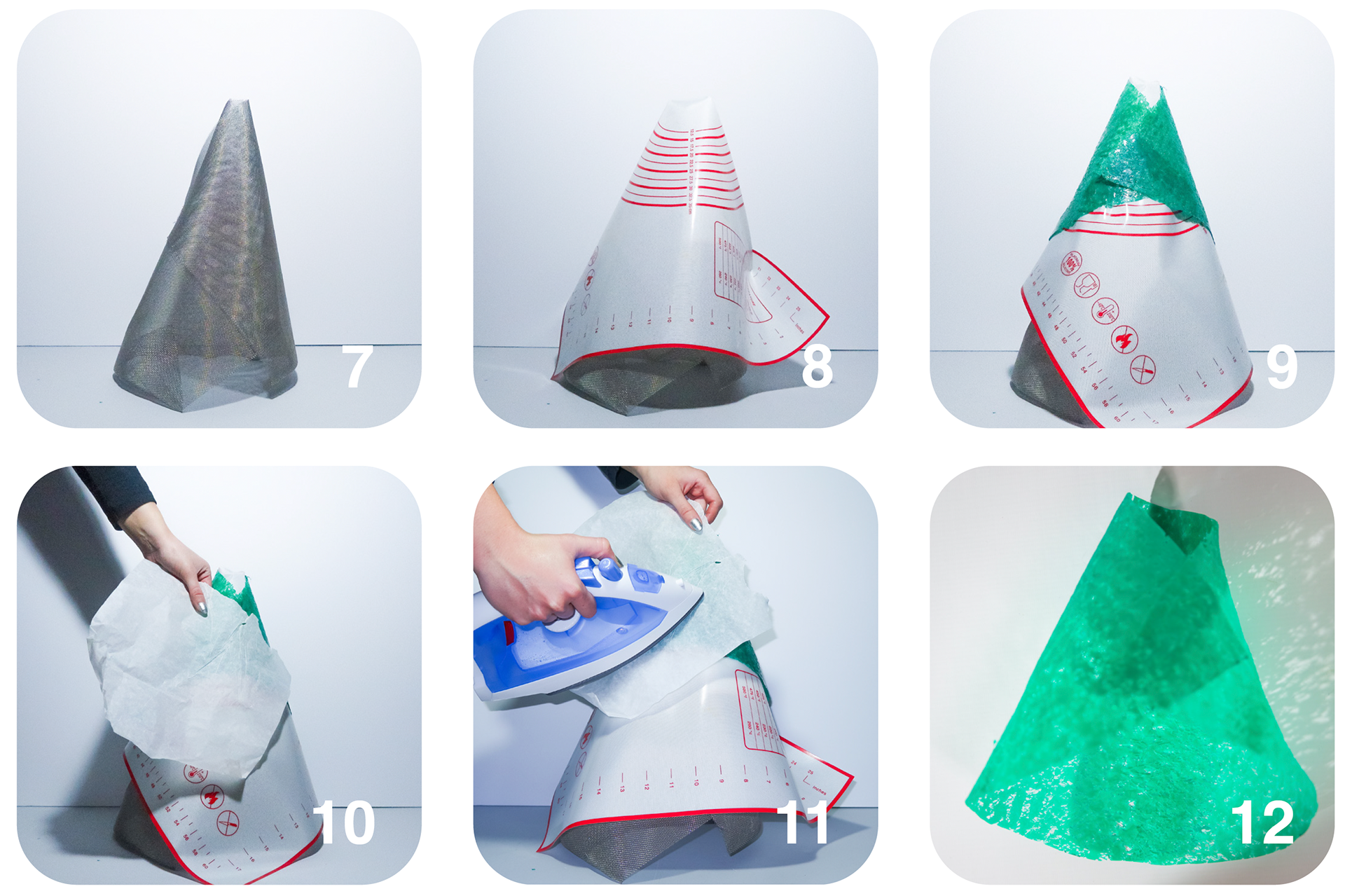
CASE STUDY: THE BASE OF THE FORM
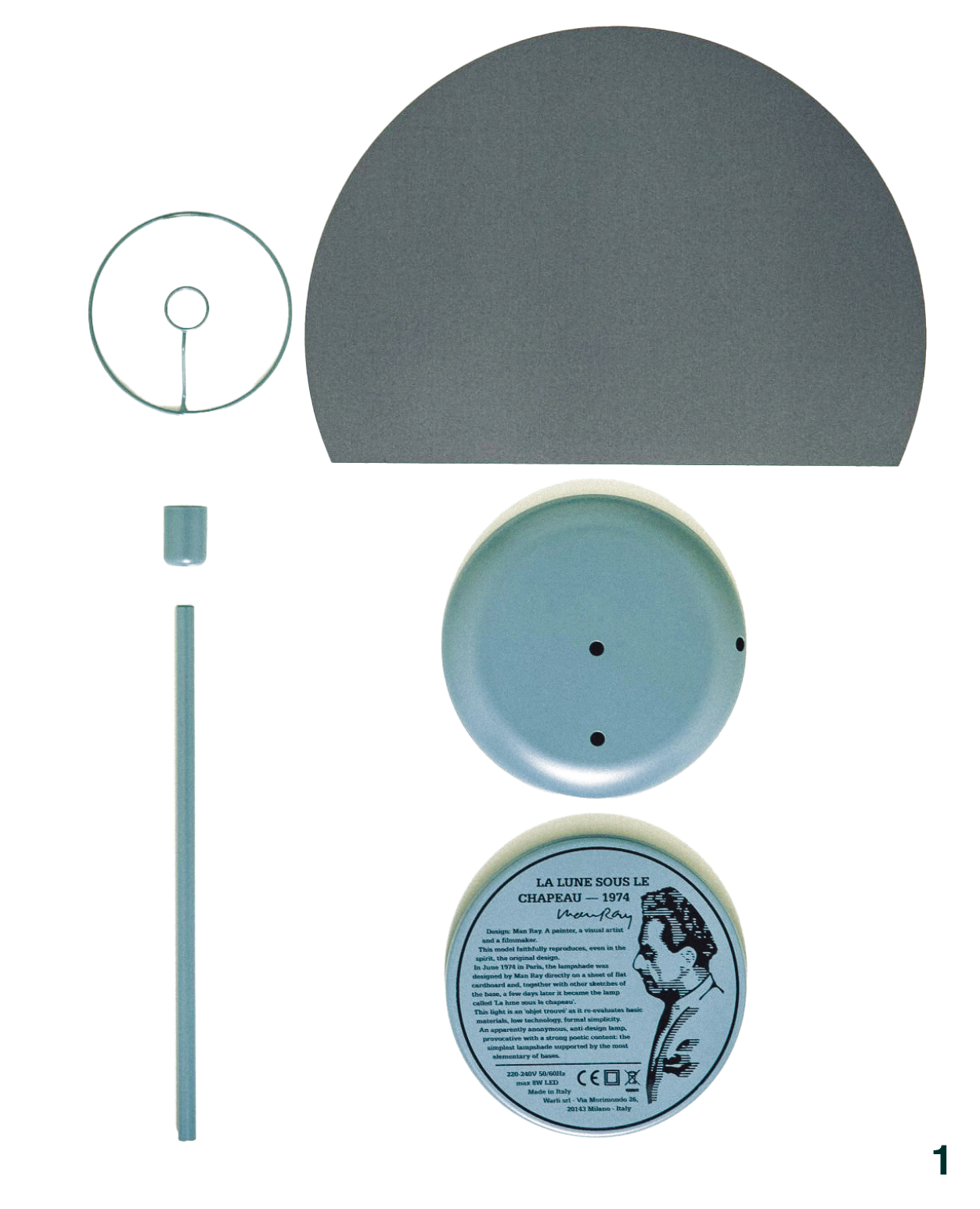
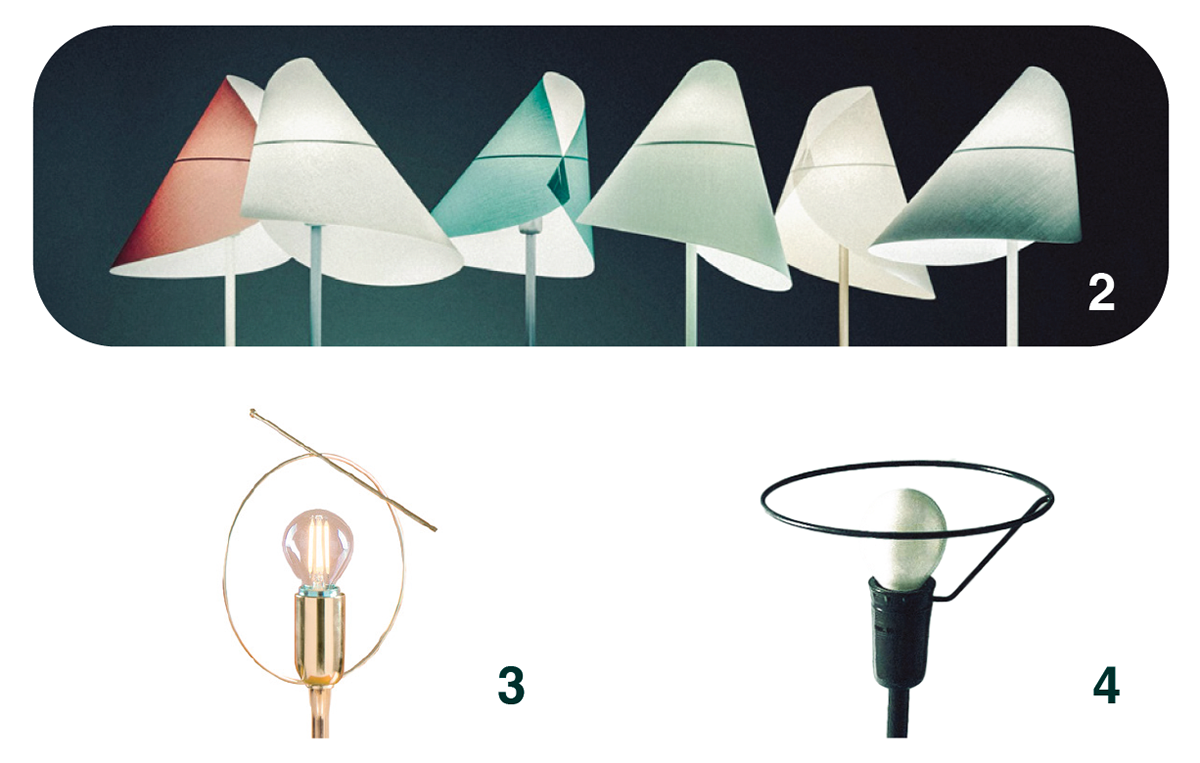
1. La Lune sous le chapeau, Man Ray
2. Remake of La Lune Sous Le Chapeau, Man Ray & Gavina. By Warli. 2021.
3. Rue Férour, Man Ray & Gavina. By Paradisoterrestre.
2. Remake of La Lune Sous Le Chapeau, Man Ray & Gavina. By Warli. 2021.
3. Rue Férour, Man Ray & Gavina. By Paradisoterrestre.
LA LUNE SOUS LE CHAPEAU, MAN RAY.
The inspiration drawn from La Lune Sous Le Chapeau by Man Ray lies not only in its form but in the mindset behind its creation—the use of objet trouvé as a starting point for design. Man Ray takes a simple found piece of cardboard, makes a minimal cut, and with no complex structure, creates a sculptural lamp that feels intentional and complete. That precise philosophy, the one of working with what is available, of letting the found material guide the process, directly aligns with the project. Ghost nets, once abandoned and stripped of their original function, are not hidden or disguised—instead, they are embraced for what they already offer. Like Man Ray’s cardboard, the nets become central to the design: shaped, folded, melted, reimagined. The act of cutting, heating, or layering becomes a language, a way to turn the flat into the dimensional, the discarded into the designed. The spirit of objet trouvé doesn't just inform the process—it validates it, grounding it in a conceptual and environmental narrative that redefines both material and meaning.
OVERVIEW OF TECHNICAL PLANS | MANUFACTURABLE, AFTER ALL.
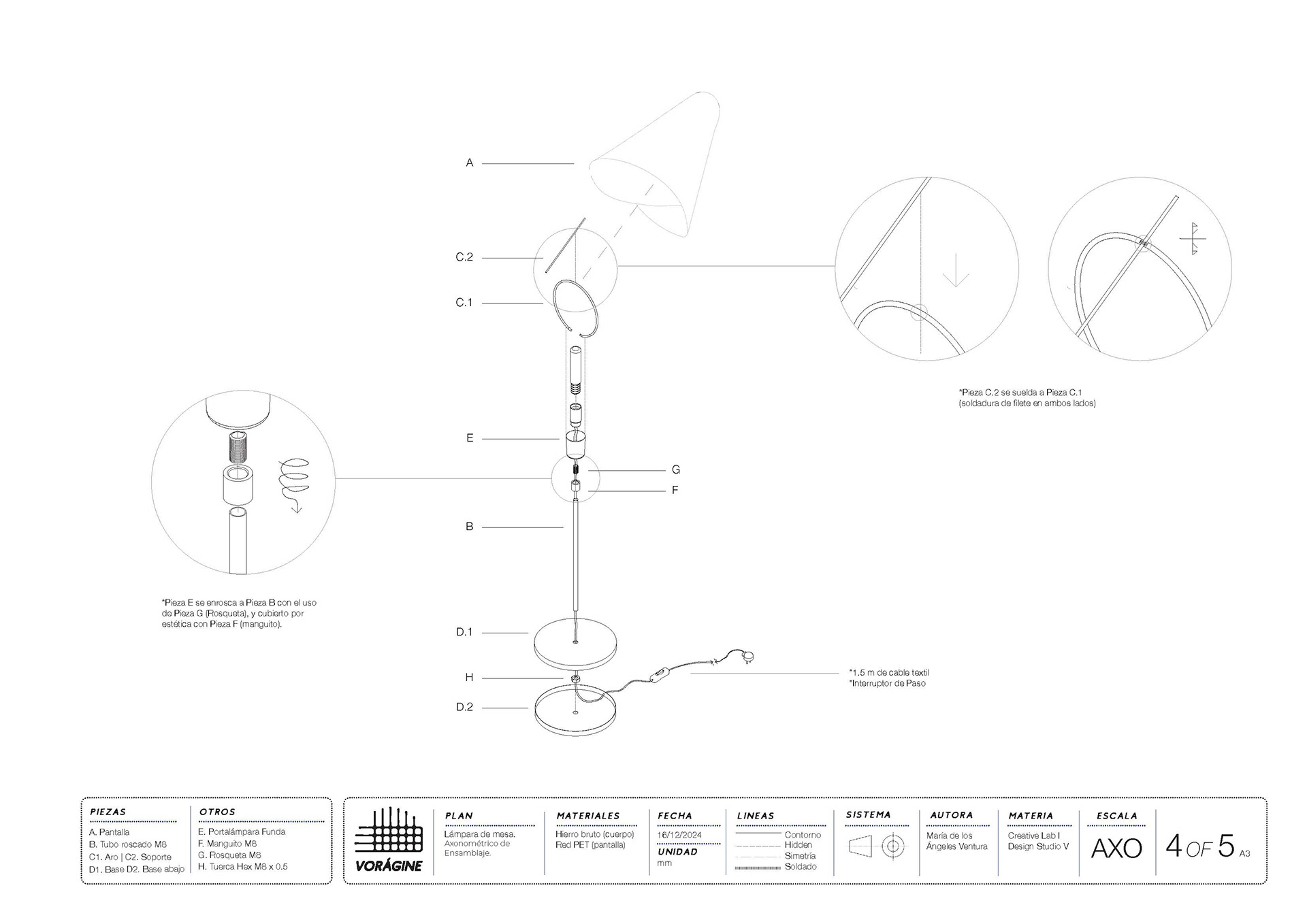
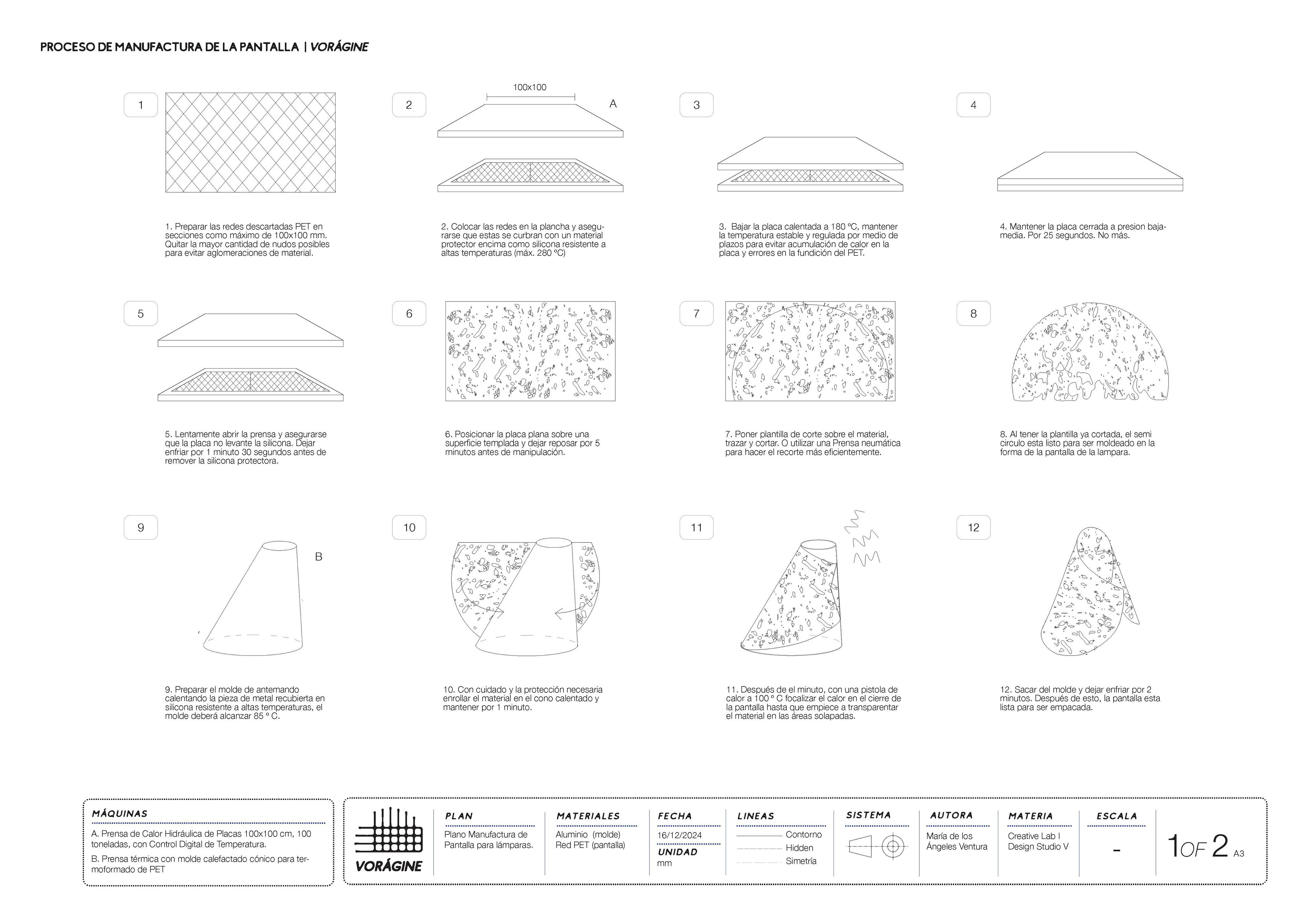
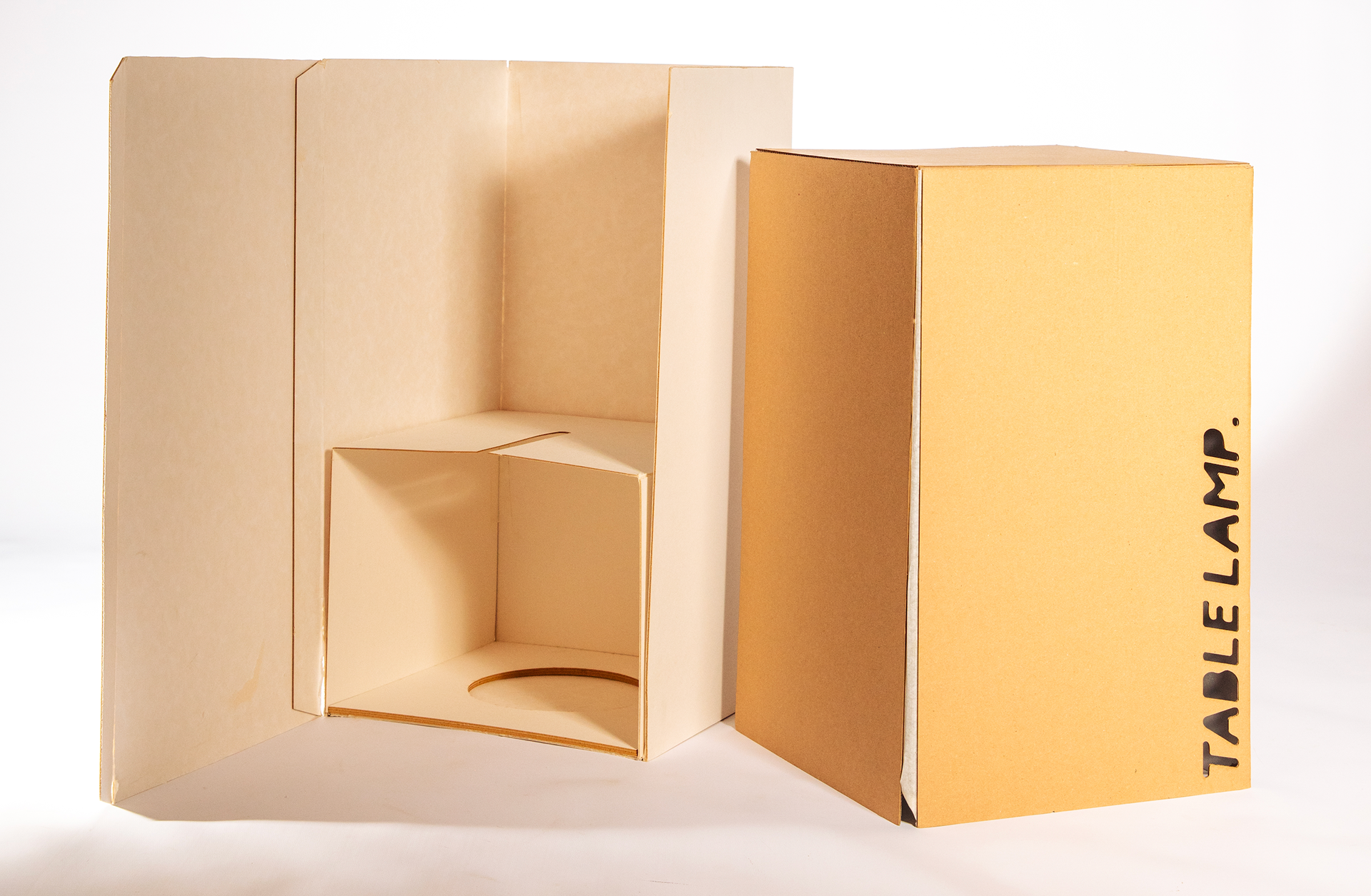

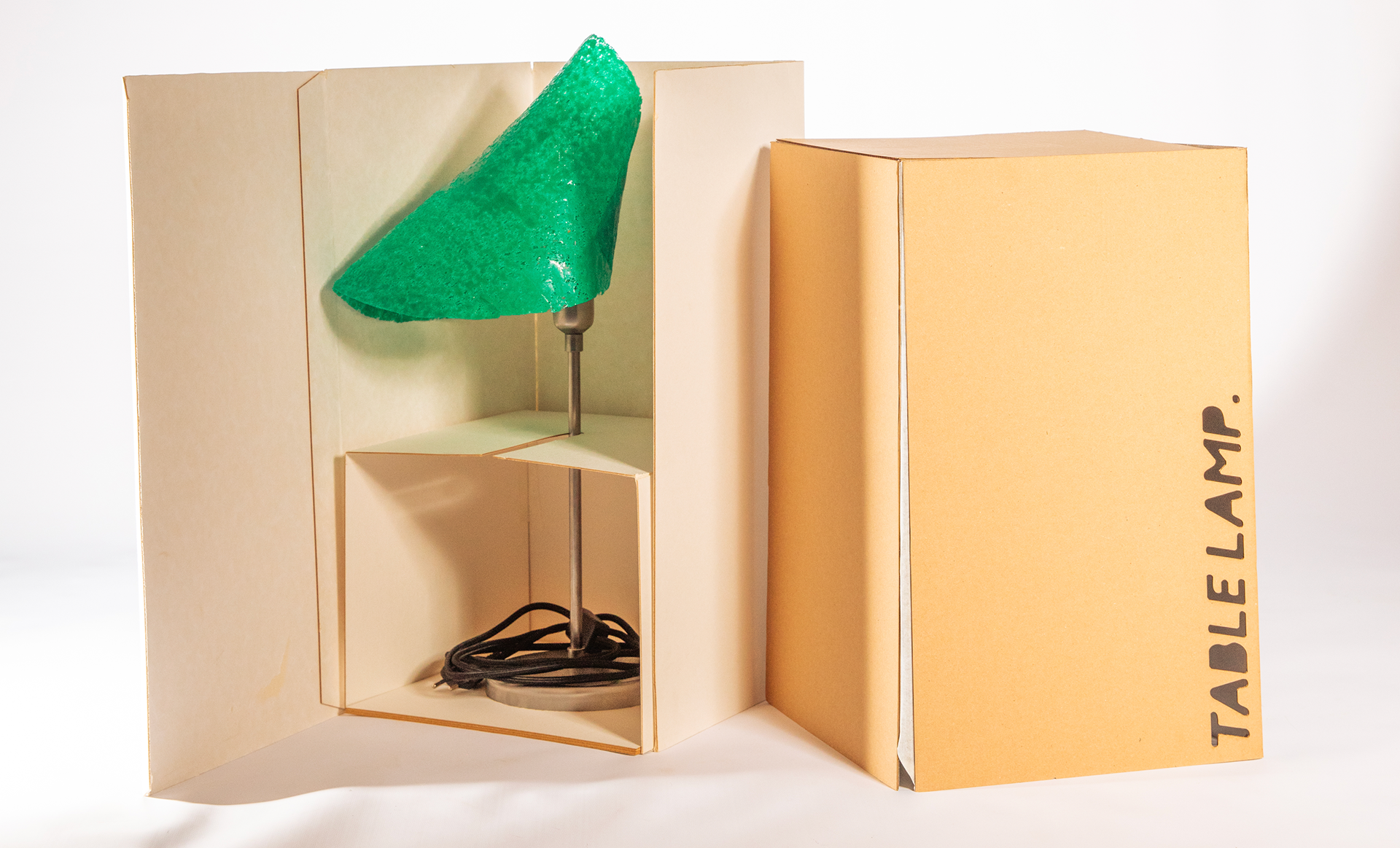
BUT... WHY FISHING NETS?
GHOST FISHING.
GHOST FISHING.
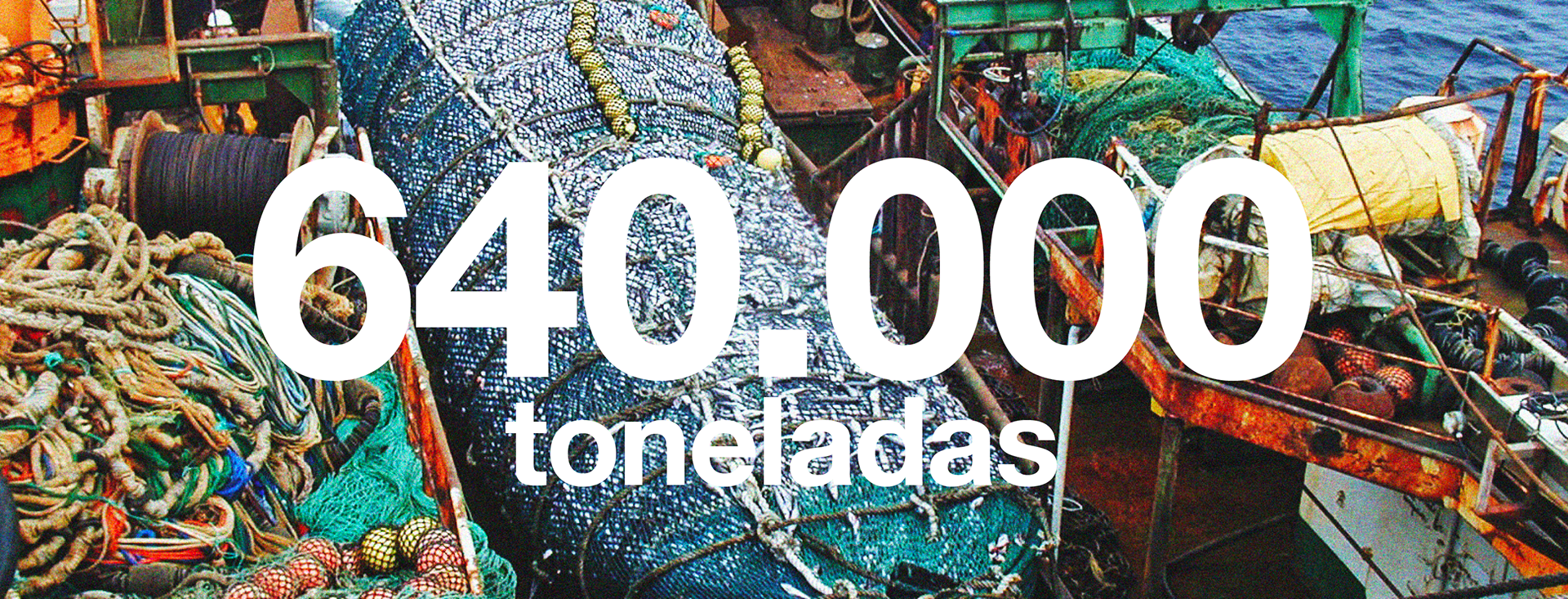
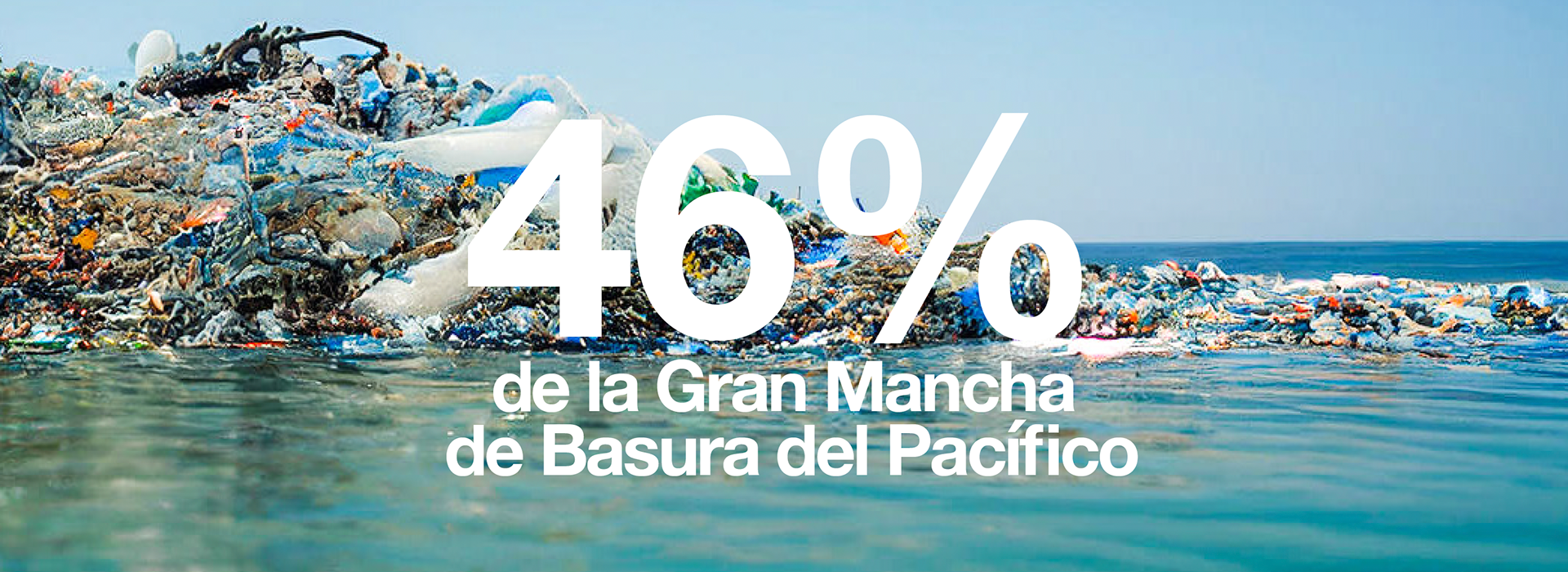
This lamp and new material use aims to immerse the user, letting them experience an environmental issue that touches on five of the eight types of pollution. “Fishing gear accounts for roughly 10% of this waste — between 500,000 and 1 million tons of fishing gear are abandoned or lost in the ocean every year. Discarded nets, longlines, and ropes now make up around 46% of the Great Pacific Garbage Patch.” This type of marine plastic is known as ghost nets. The most lethal form of marine plastic, trapping wildlife indiscriminately, entangling marine mammals, seabirds, sea turtles, and sharks, leading to slow, painful deaths from exhaustion and suffocation. Governments around the world are urging organizations to find ways to transform this material — a material that has reached the end of its life and continues to pollute our planet, little by little.
Patagonia, Ecoalf, and Birziplastik are proving how discarded fishing nets can be transformed into innovative materials that promote sustainability. Patagonia collaborates with Bureo to create NetPlus®, a 100% recycled material made from fishing nets, used in products like hat brims and jackets, diverting more than 1,400 metric tons of plastic waste from the oceans. Similarly, Ecoalf’s “Upcycling the Oceans” initiative works with Mediterranean fishermen to recover marine waste and recycle it into regenerated nylon yarn for sustainable fashion. Meanwhile, Birziplastik, through its BIRSARE project, focuses on recycling fishing nets into high-quality raw materials for industries such as automotive and furniture manufacturing, promoting a circular economy. Together, these initiatives highlight the potential of reimagining waste as a valuable resource for innovative and environmentally responsible solutions.
A little of the process behind Vorágine...
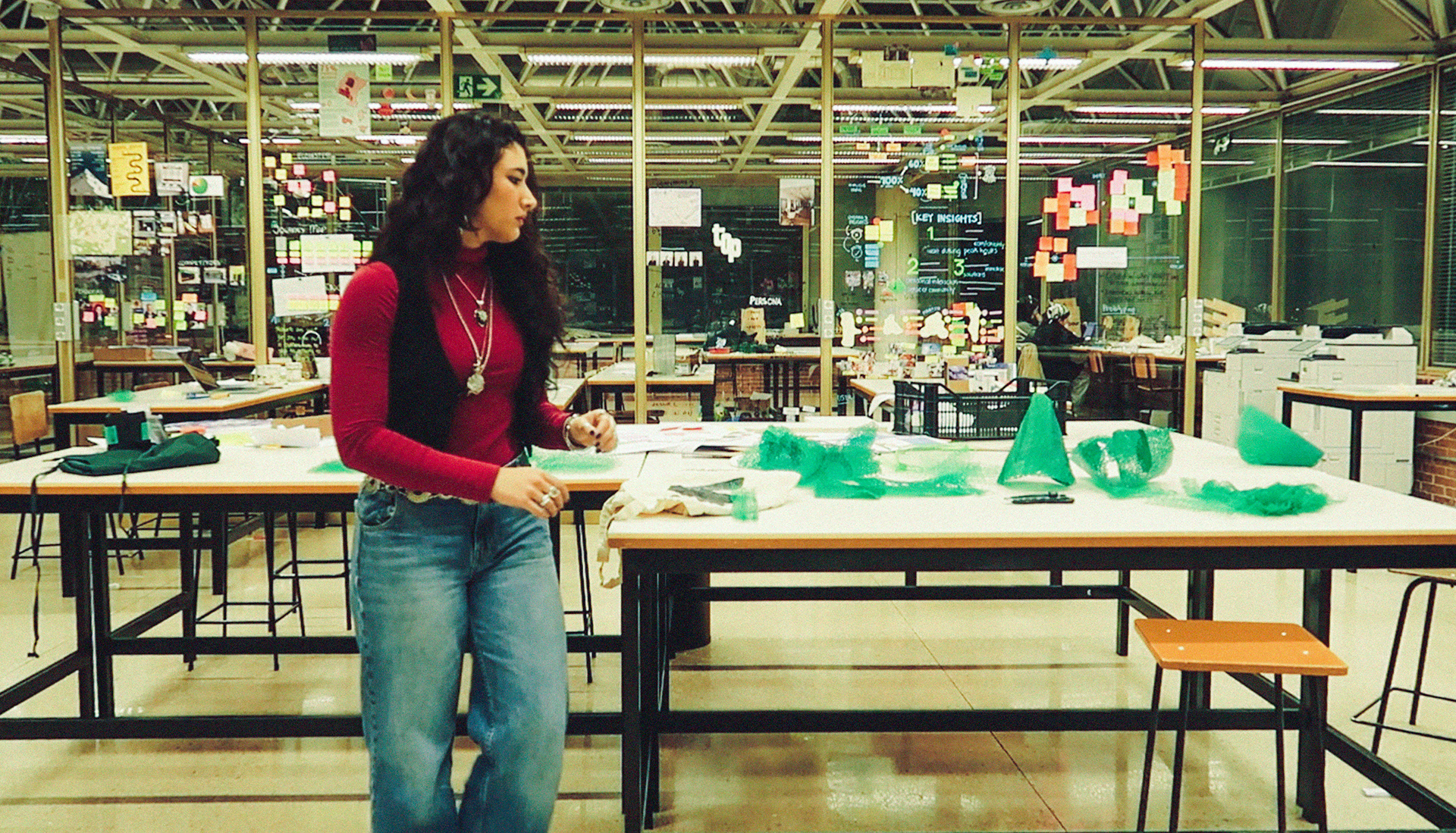
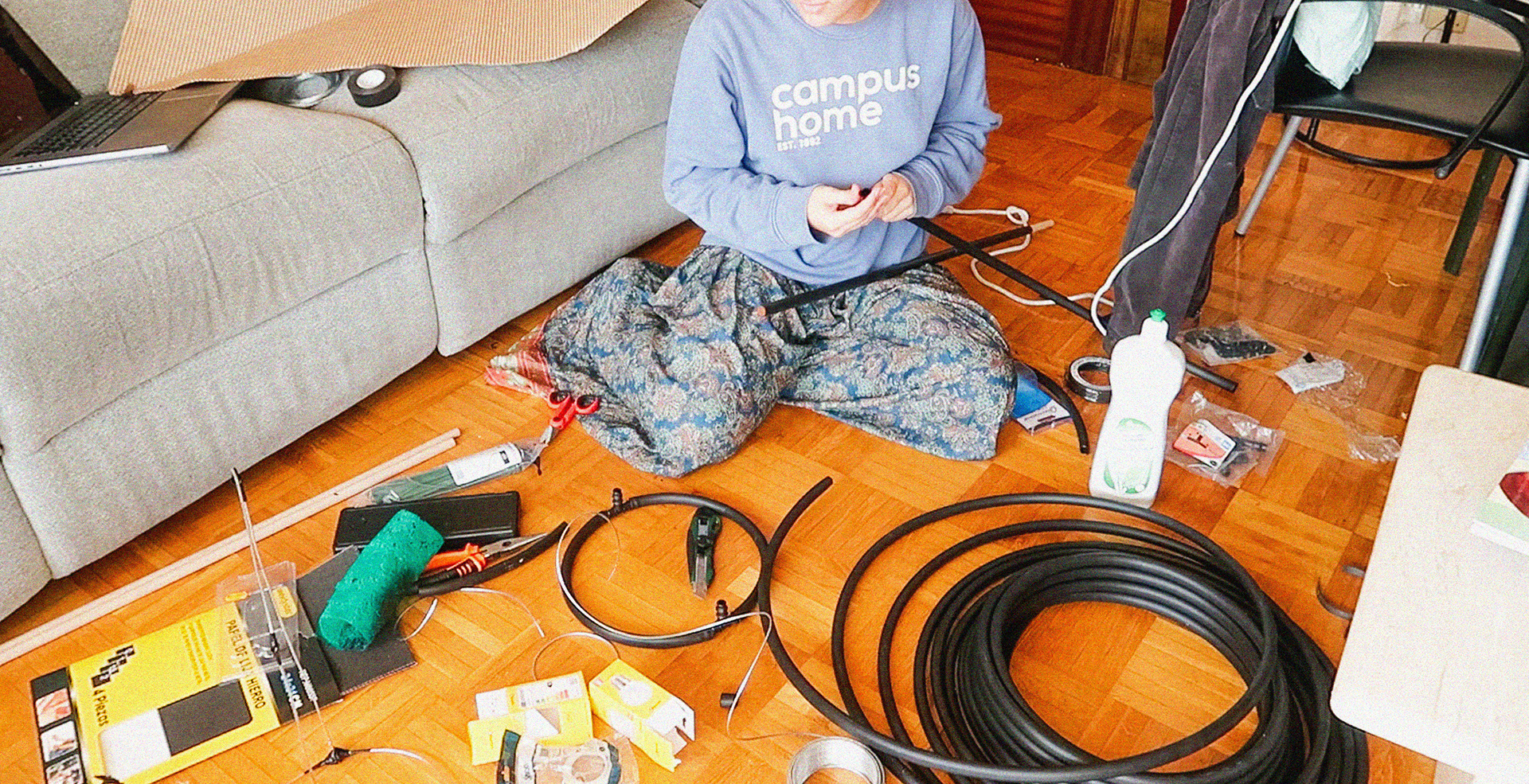
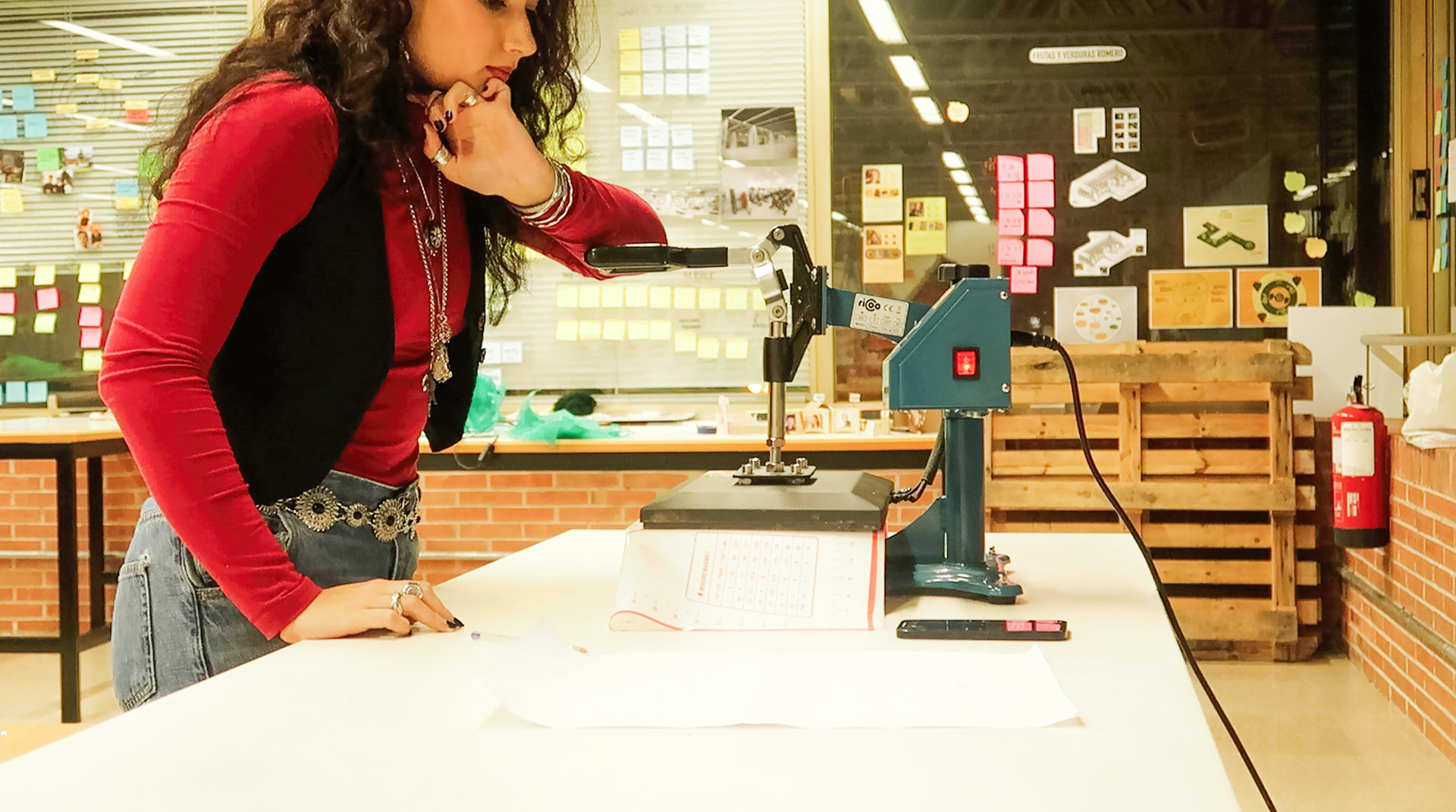
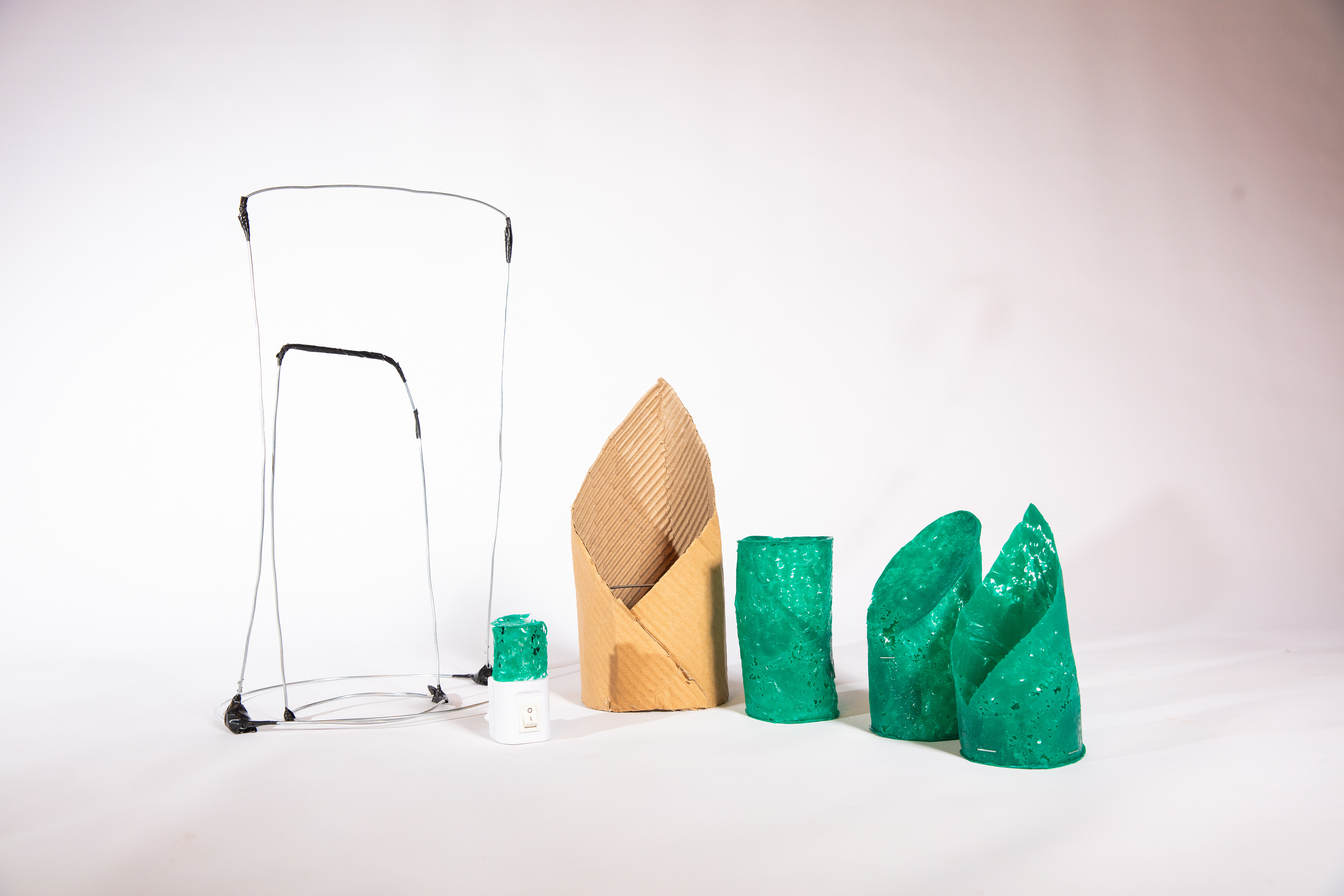
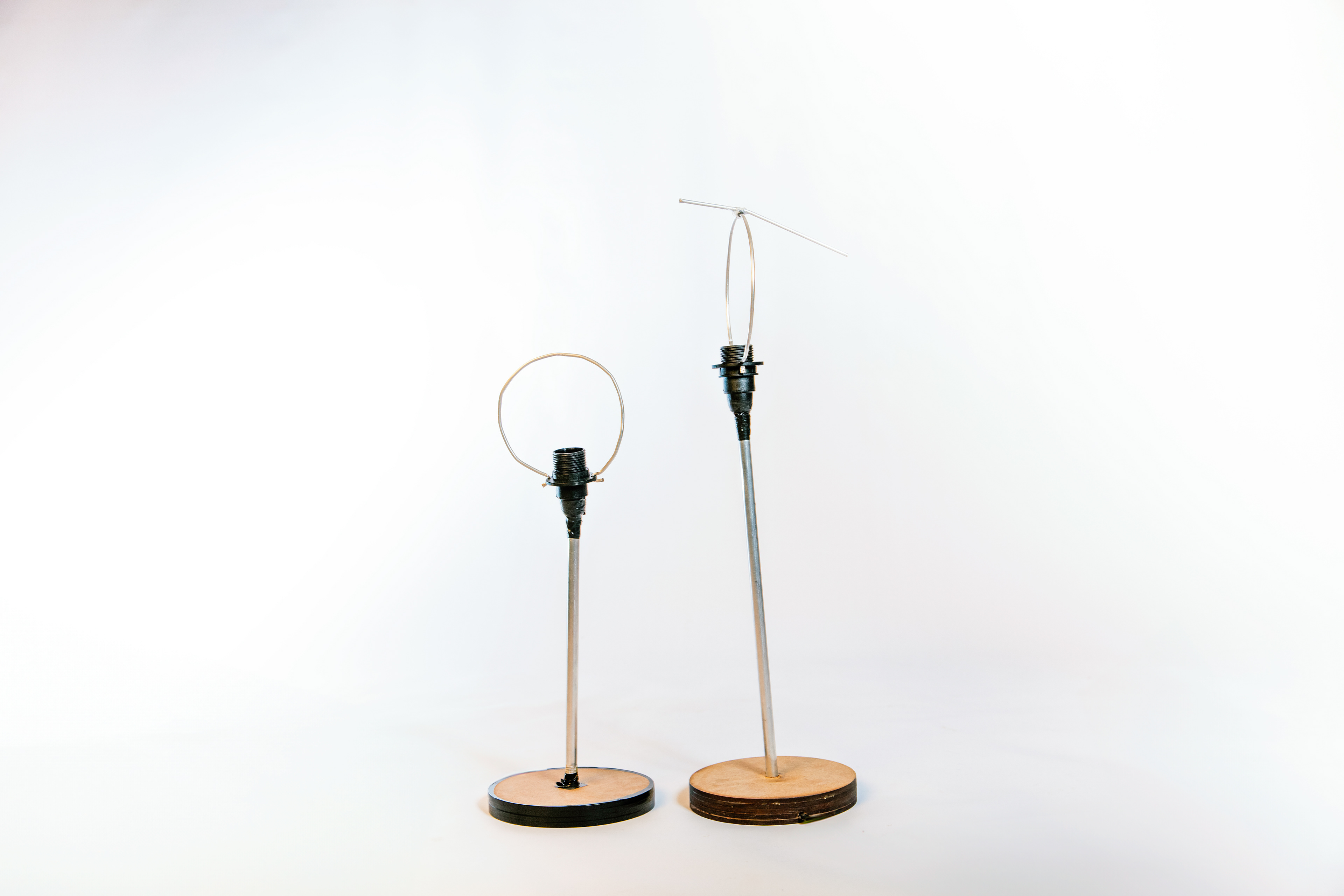
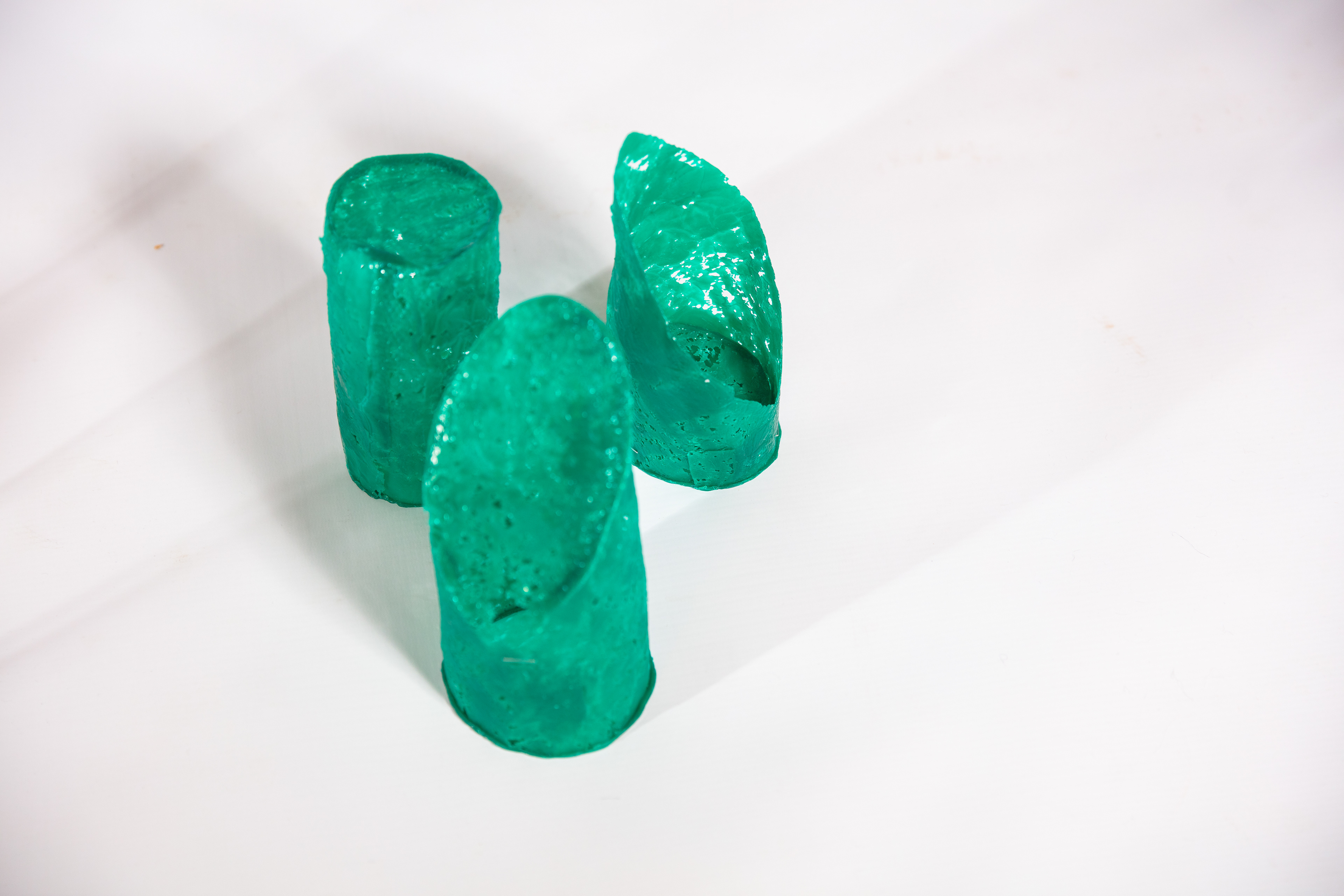
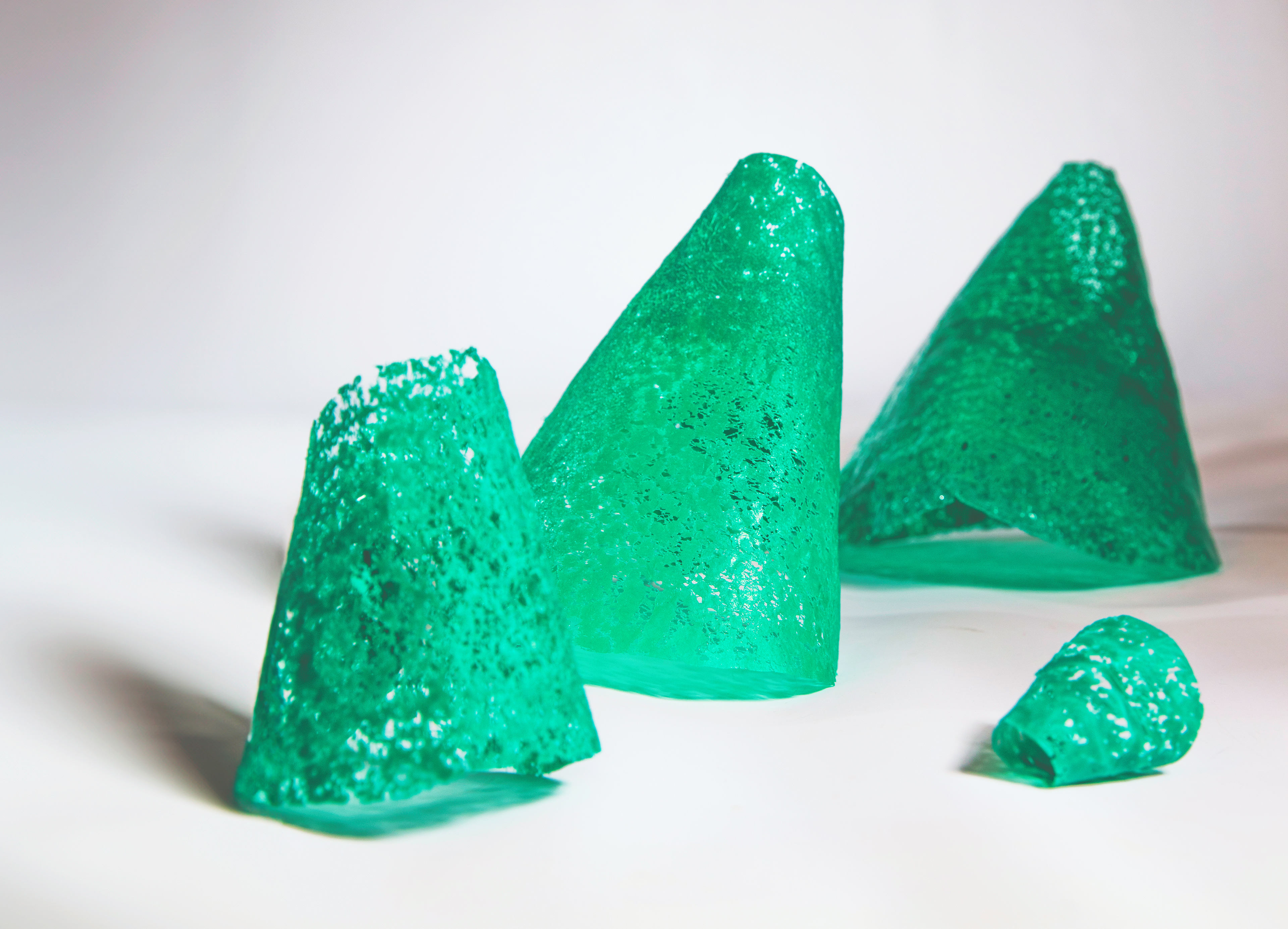
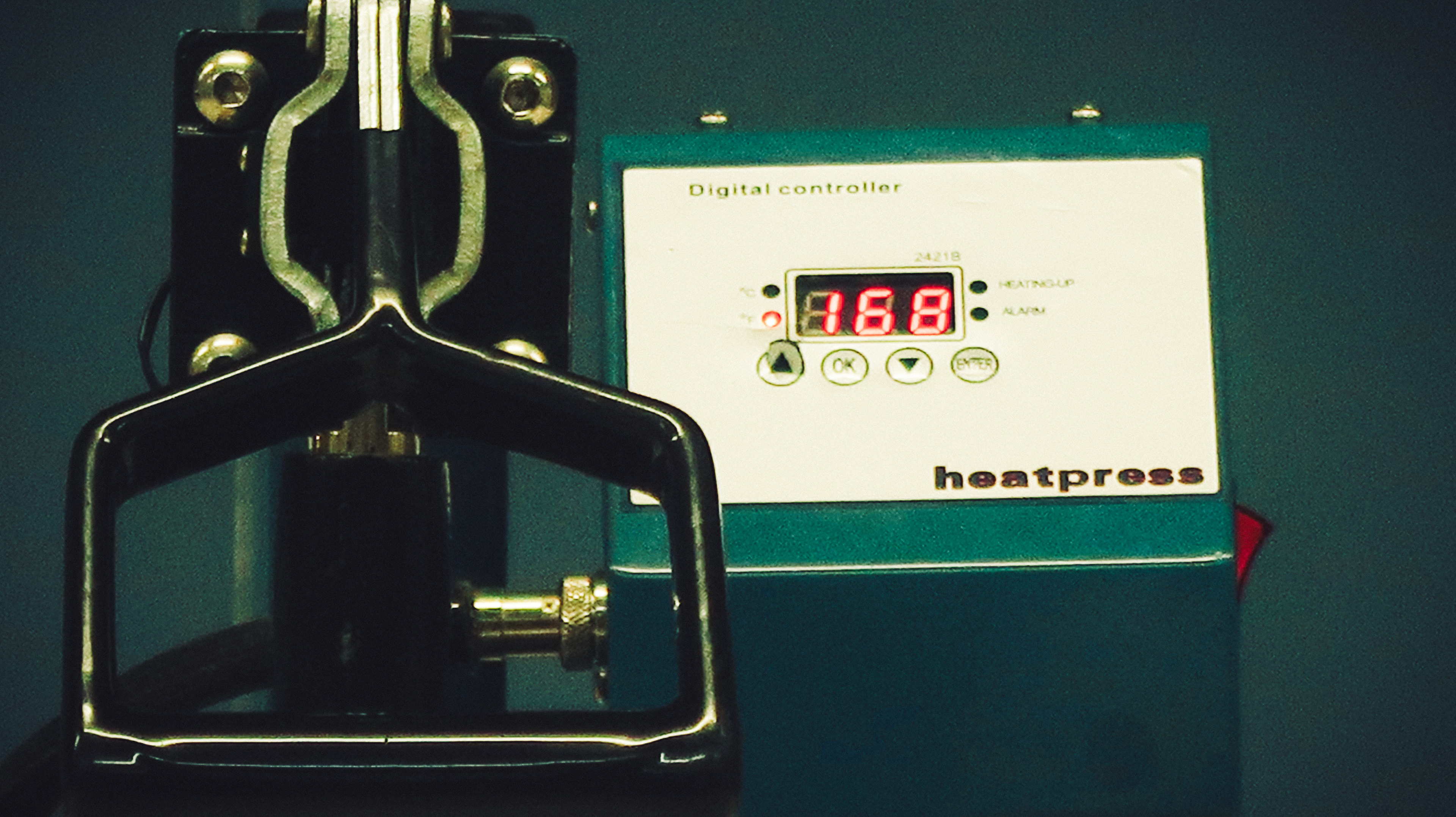
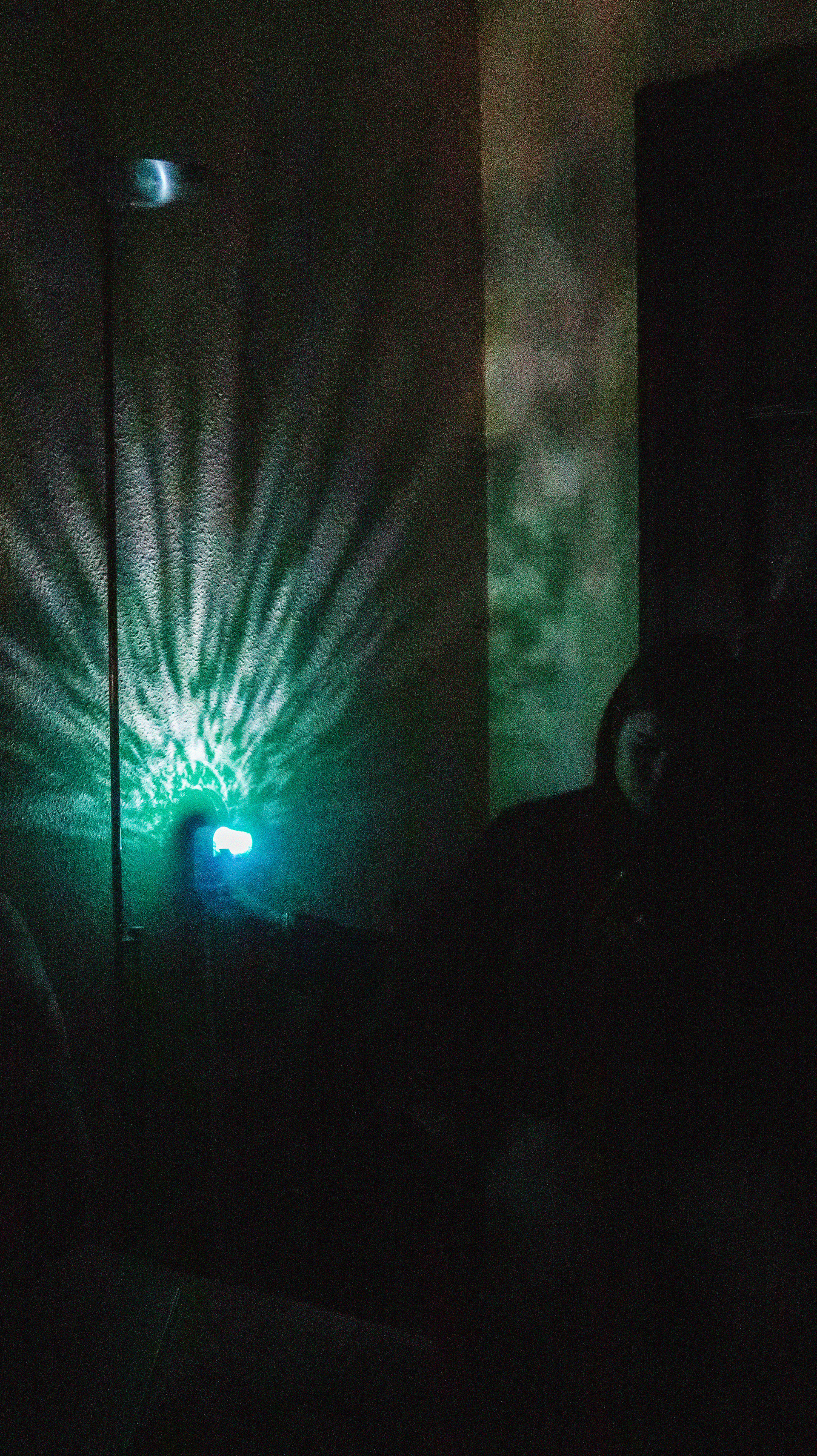
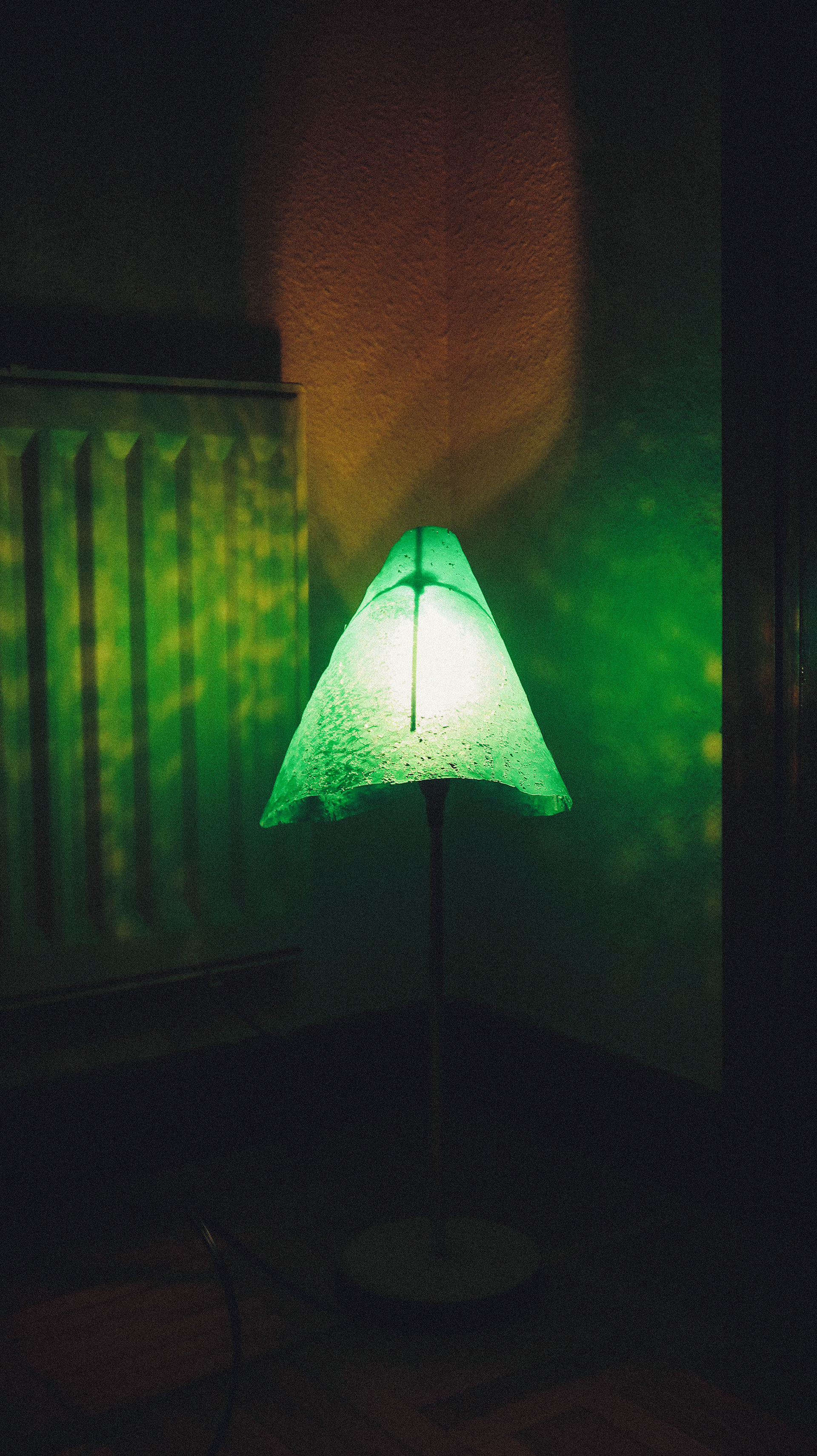
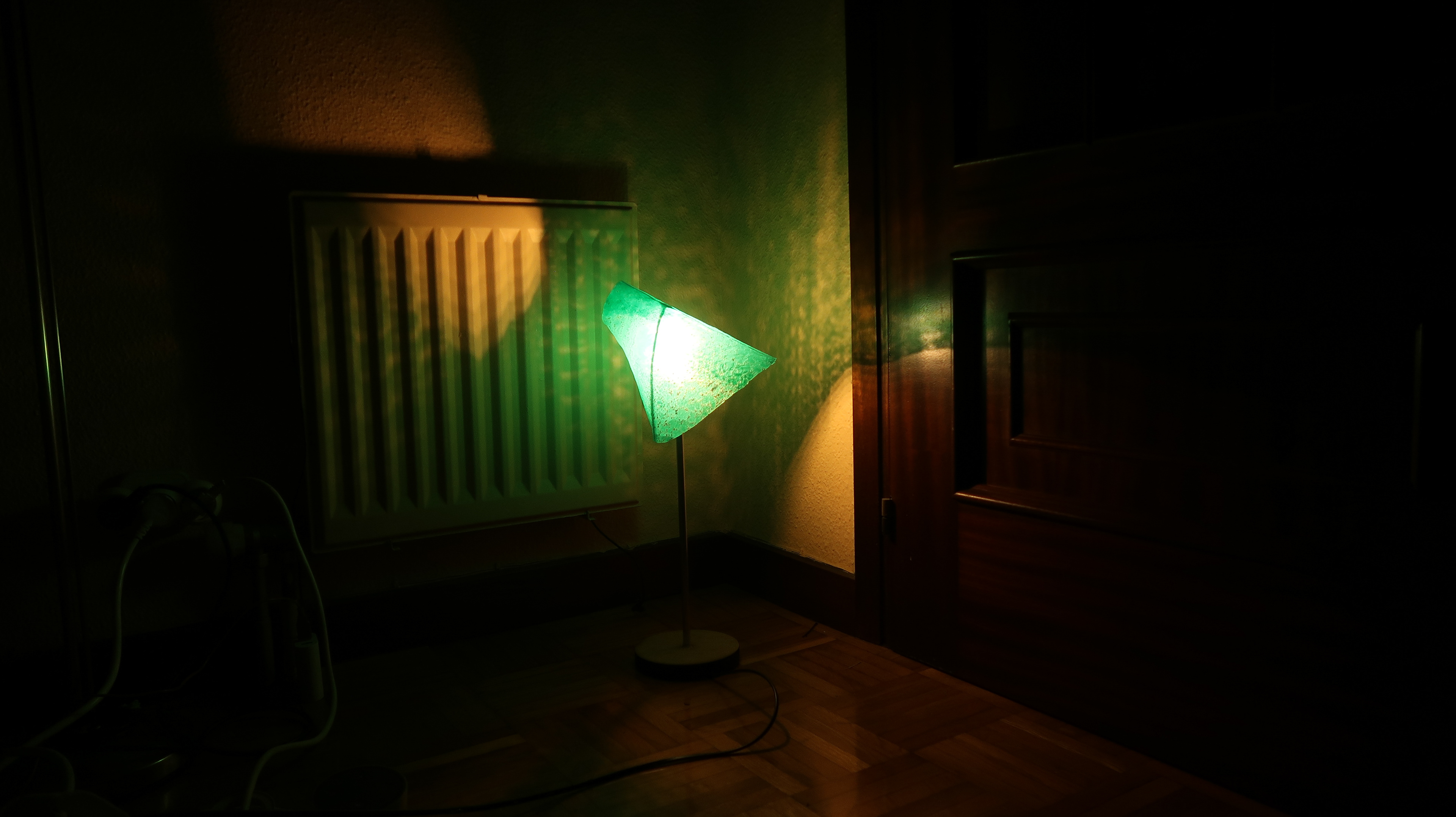
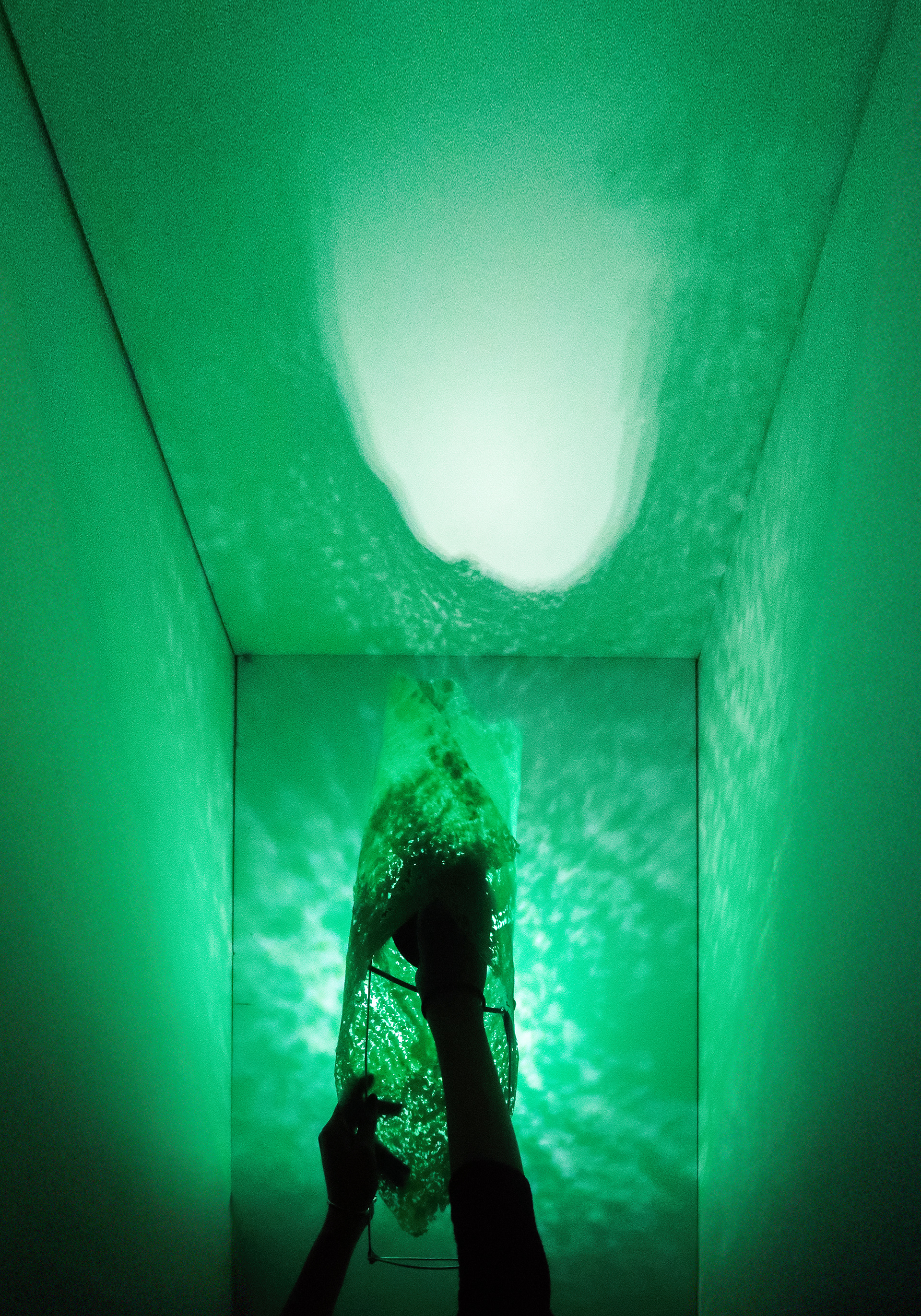
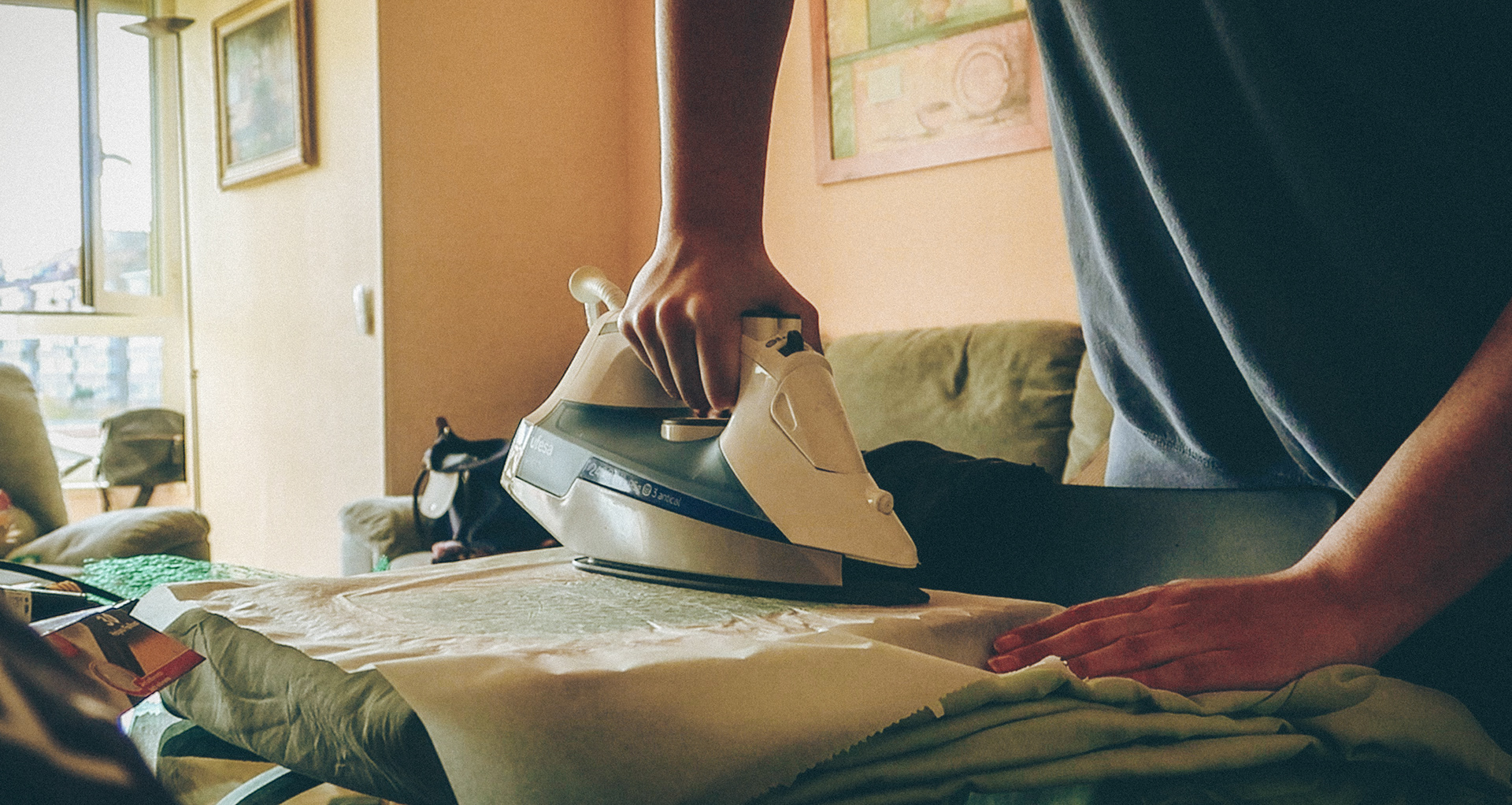
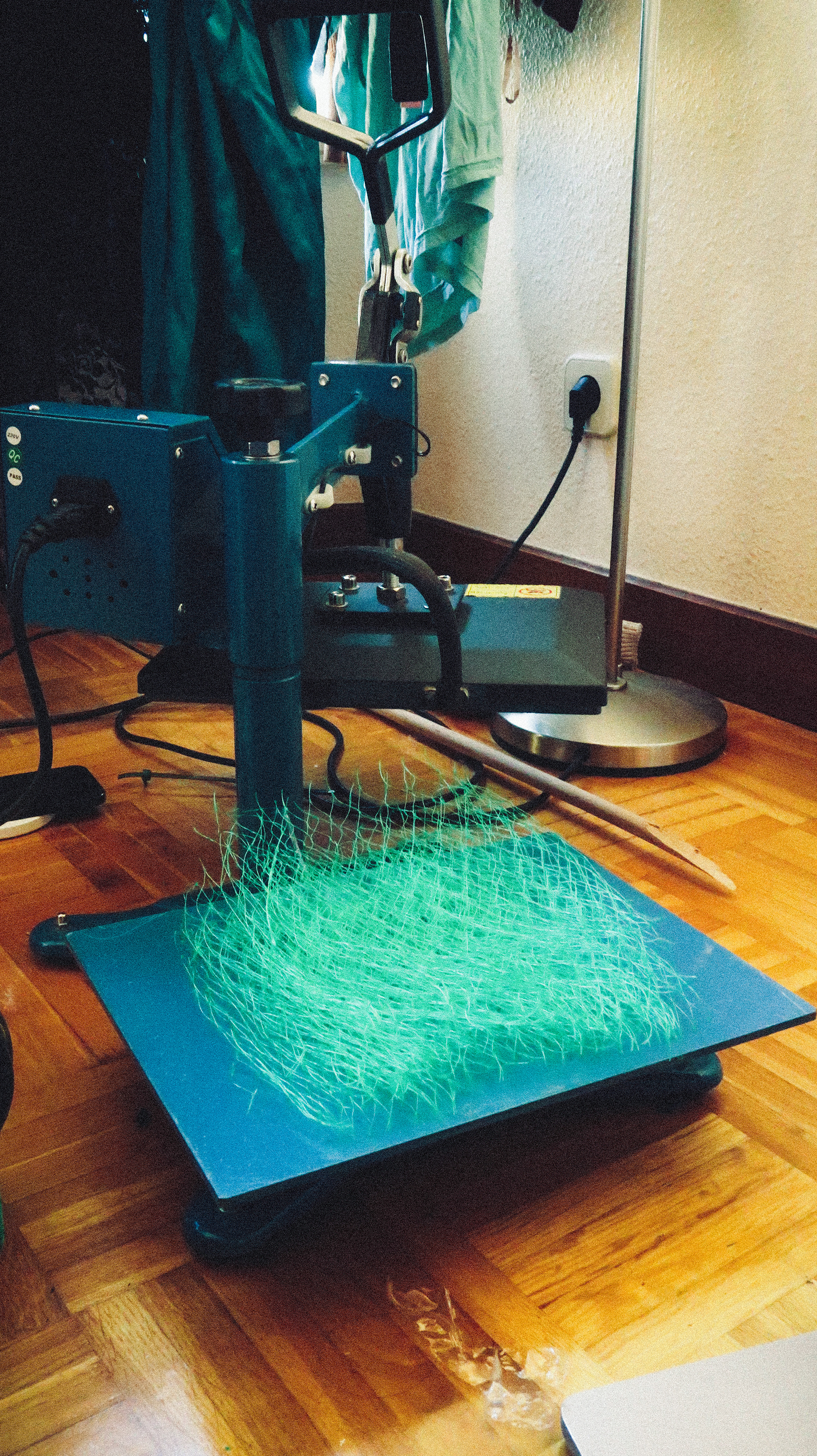

This project is, above all, an exercise in lamp design, where form and light engage with the material to create unique pieces. Using ghost nets as the base not only adds an aesthetic layer with their textures and organic tones but also imbues the lamps with deep meaning. The material, with its history of abandonment and pollution, is transformed into a valuable element, serving as a reminder of the power of design to reimagine what has been discarded.
The learning process was enriched by the case study of La Lune Sous Le Chapeau by Man Ray, which demonstrated how a minimal intervention could result in a striking three-dimensional design. Inspired by this approach, I flattened the nets into a plane and then explored their potential as a three-dimensional form. This exercise not only pays homage to the iconic design but also allows the lamps to tell their own story, where every fold and perforation reflects both the complexity of the material and the balance between form, functionality, and narrative.
These lamps do more than just illuminate spaces; they revalue a forgotten material, inviting us to rethink our relationship with what we discard and appreciate how design can transform both perception and matter.
